Most athletes overlook just how important a warm-up can be.
We see it as something that has to be done. Some of us try to get away with a few half-hearted minutes of loosening up or even skip the warm-up all together.
If you talk to any coach worth their salt, though, they’ll tell you a warm-up can not only reduce your risk of injury but also improve performance in the session.
Richard Blagrove, the Director of the Masters programme in Strength and Conditioning at Loughborough University says a warm-up should prepare you mentally and physically for your first exercise.
So if something as easy as 10-minutes of preparation can improve an athlete’s performance and ultimately help them get fitter, surely it’s something you can’t ignore.
You can design an effective warm-up by following a three-stage system.
Stage 1: General Preparation
The general preparation phase should be done at a low intensity and result in increased blood flow to the muscles you’re going to be using in the workout. It also gives your joints a chance to become naturally lubricated.
This will enhance nerve signalling and get the muscles ready for action ahead of the main session.
So if you’re doing a lower-body focussed workout starting with back squats, start by foam rolling your glutes, quads and lower back.
Stage 2: Dynamic Mobilisations
After around four minutes of general preparation, move on to some dynamic mobilisation movements.
These help your body to achieve a wider range of motion and activate the muscles even more.
Continuing with our lower-body workout example, you would include some glute bridges and bodyweight split squats here.
Stage 3: Specific Preparation
For the final few minutes of your warm-up, you should complete a specific preparation phase.
The aim of this is to directly enhance performance in the session by improving the coordination and recruitment of the nervous system.
So if the first set of your workout will be six back squats at 60kg, you could end your warm-up with a set of 10 at 20kg, eight at 40kg and six at 50kg.


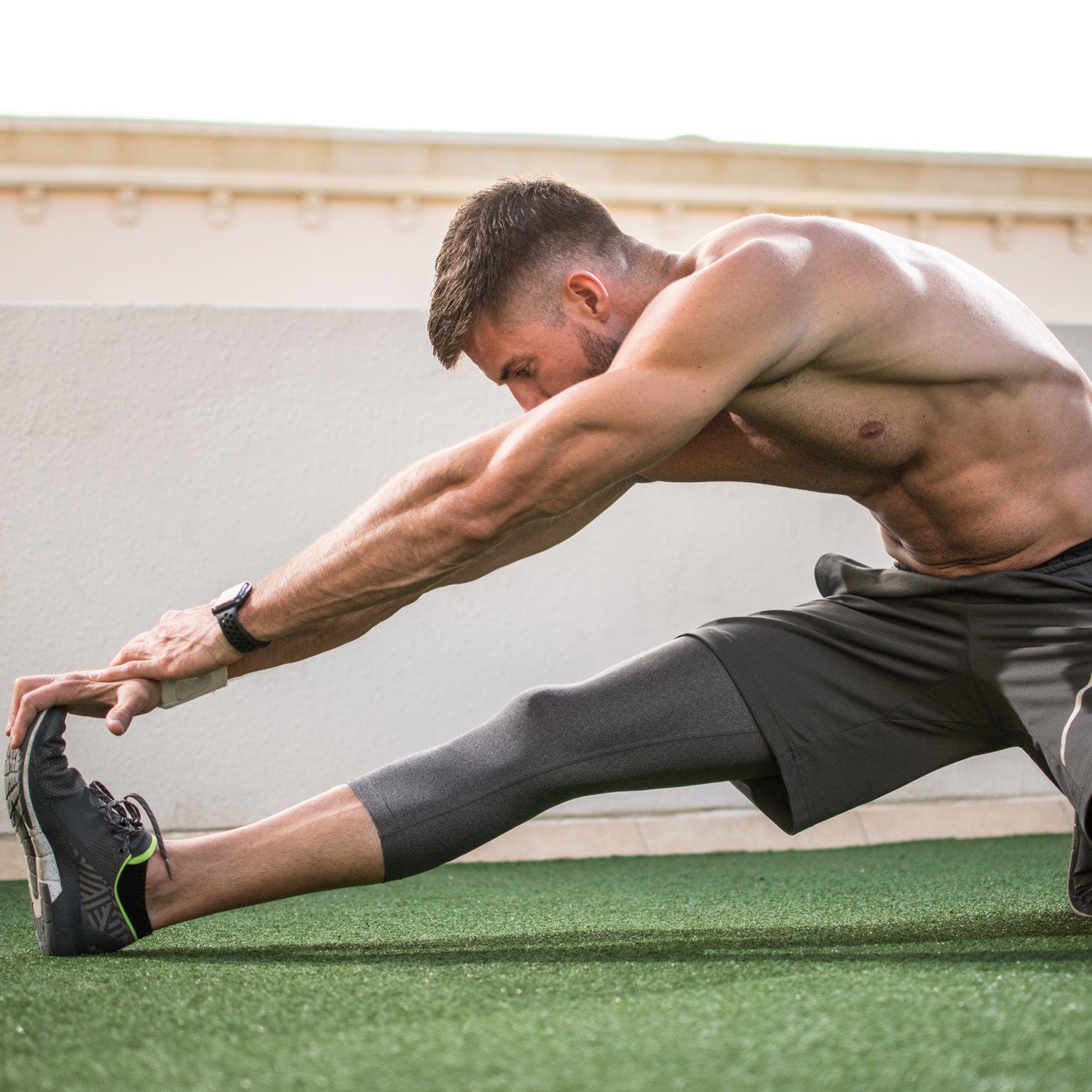
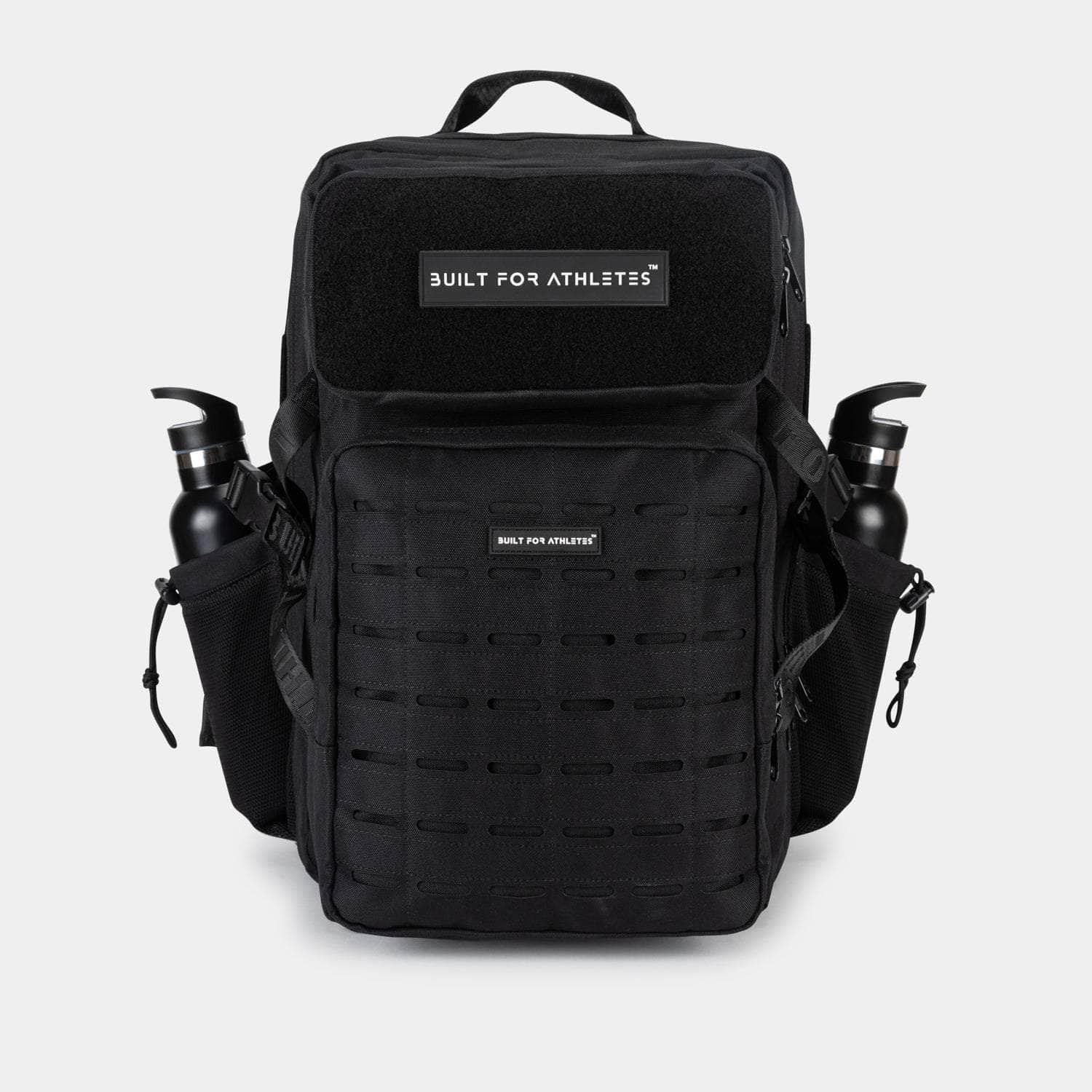
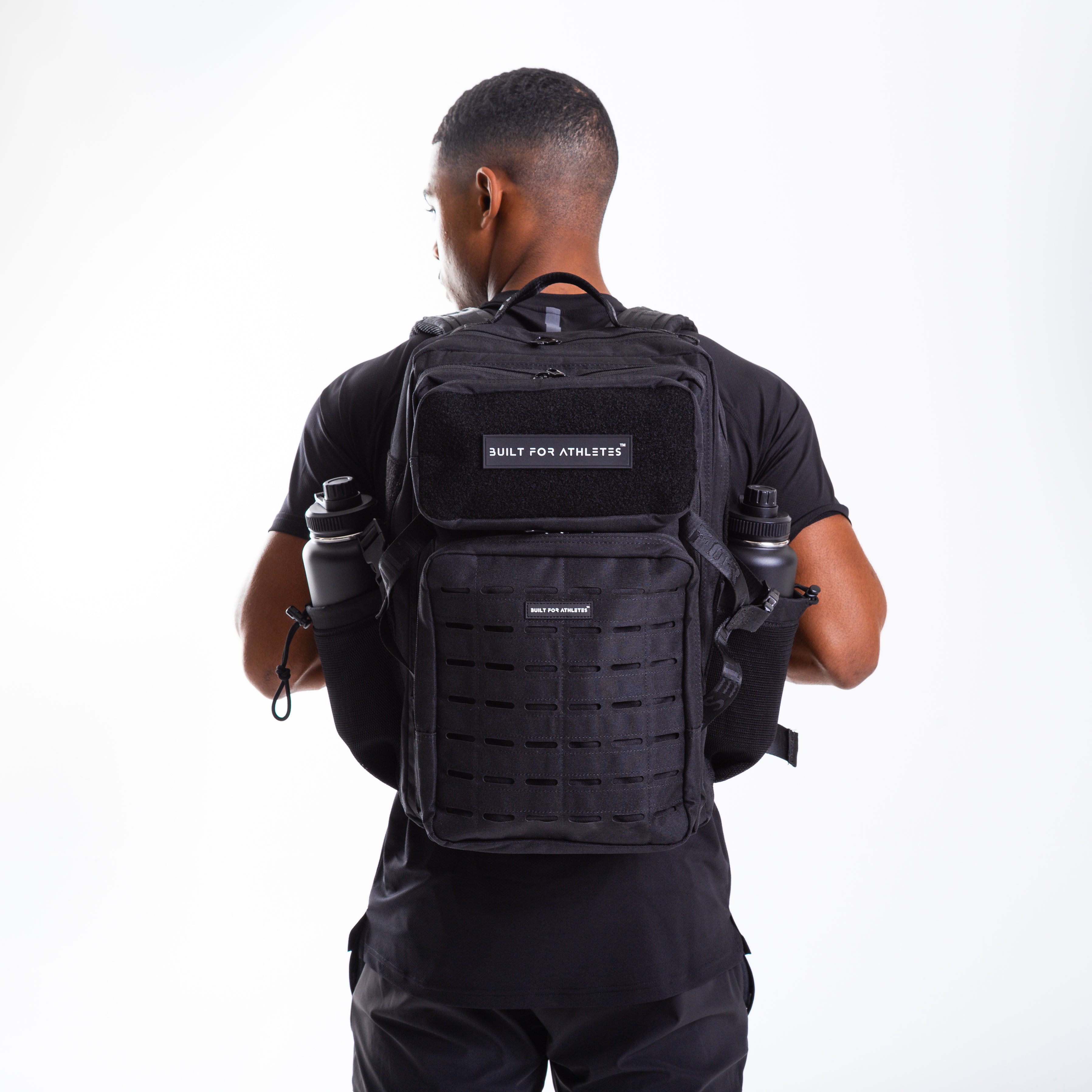
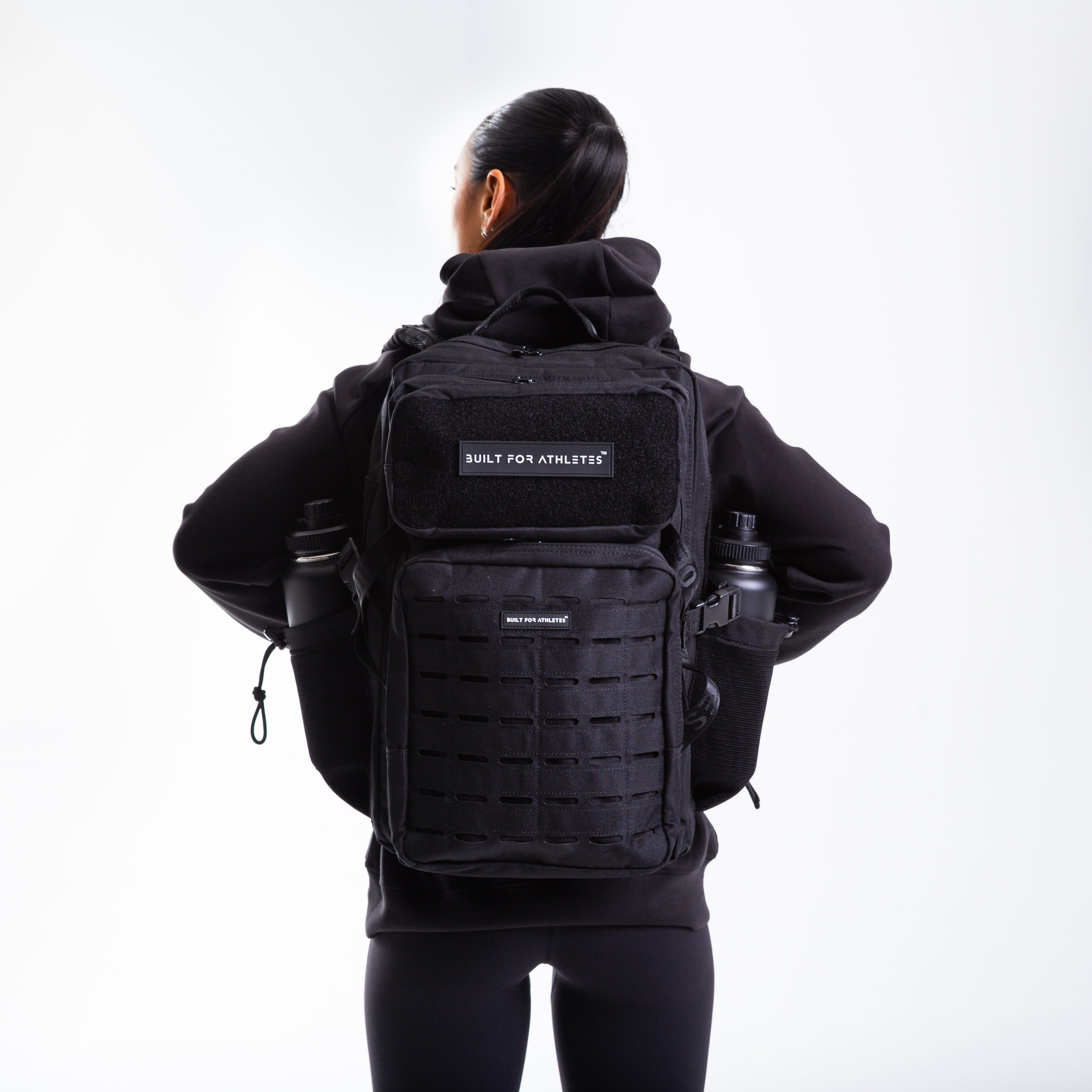
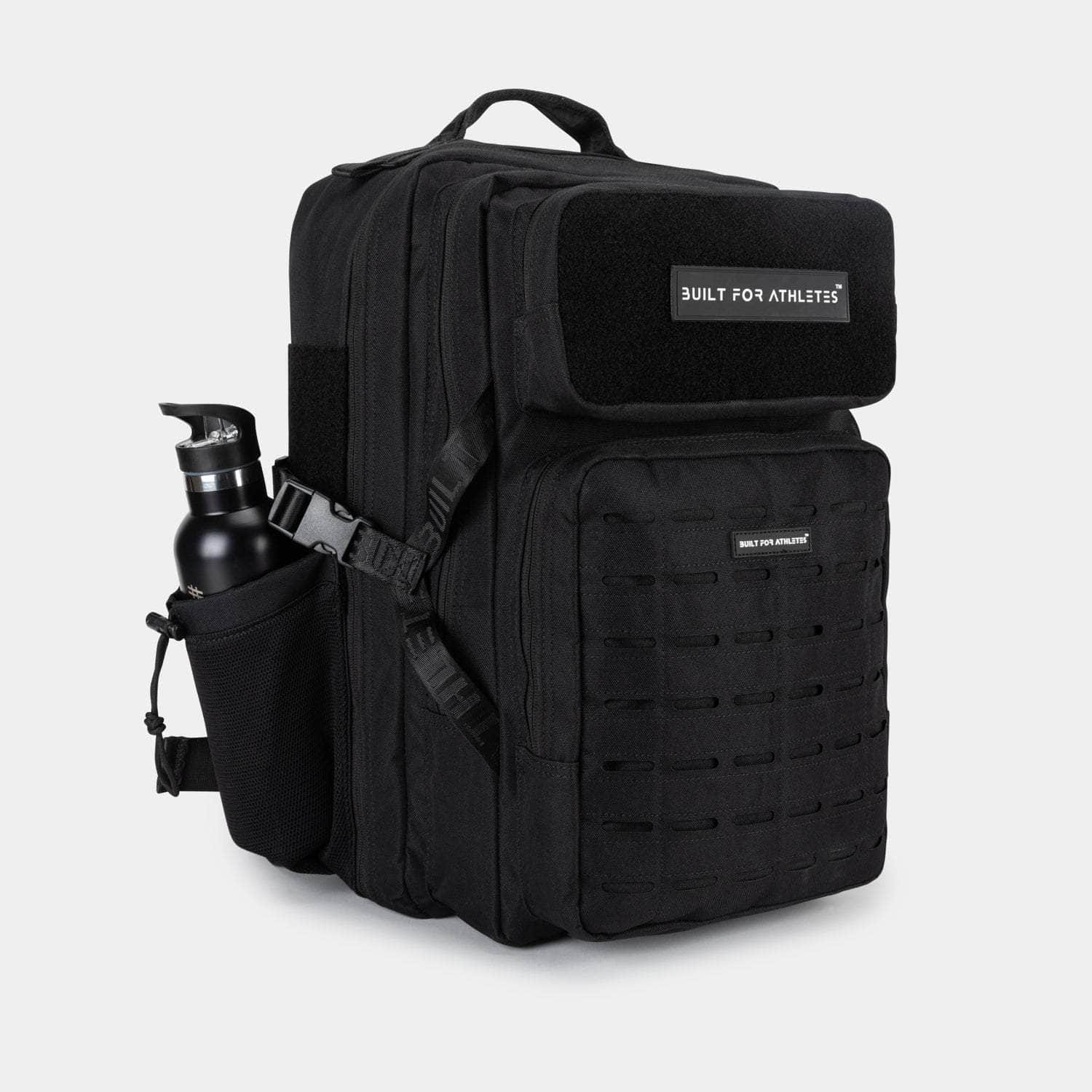





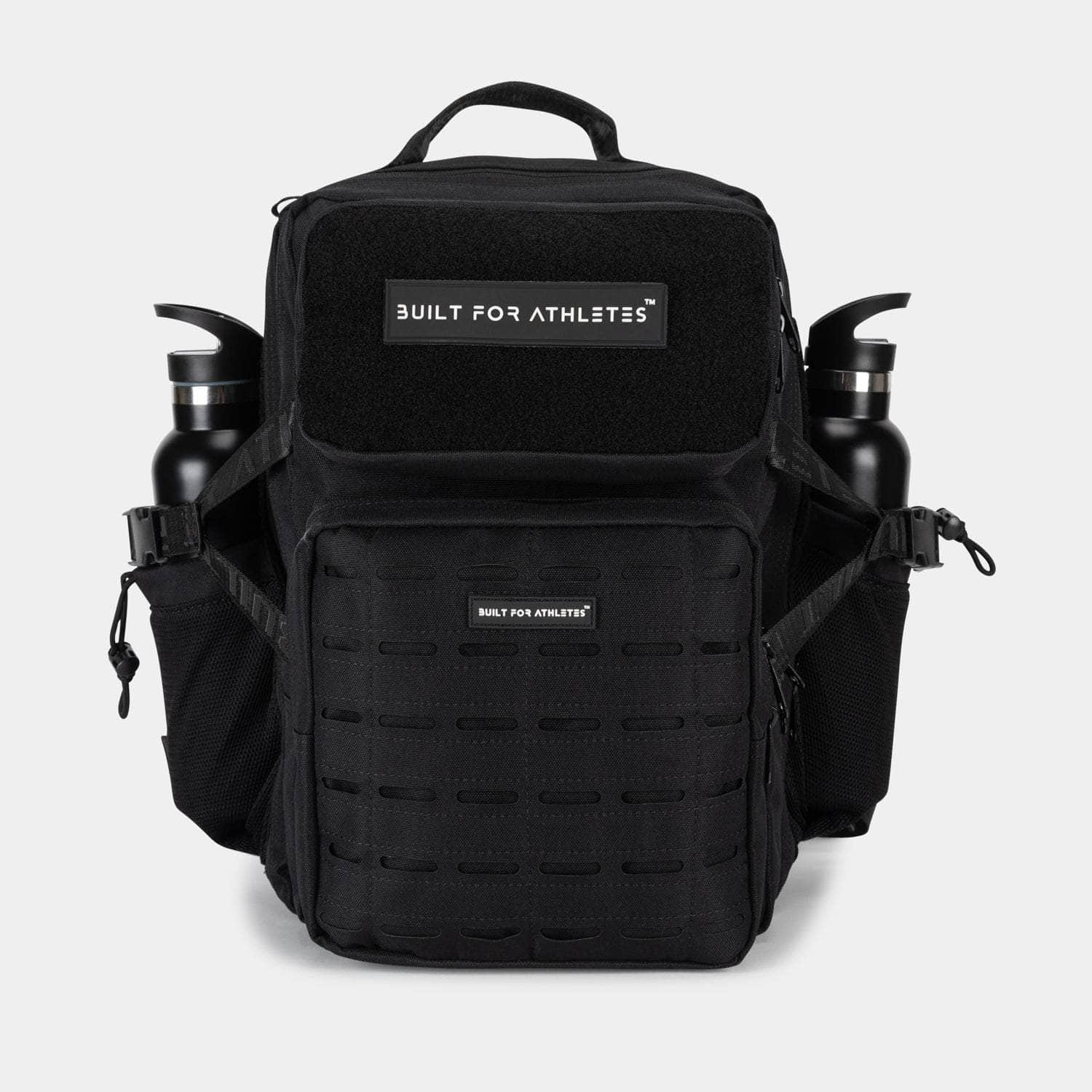
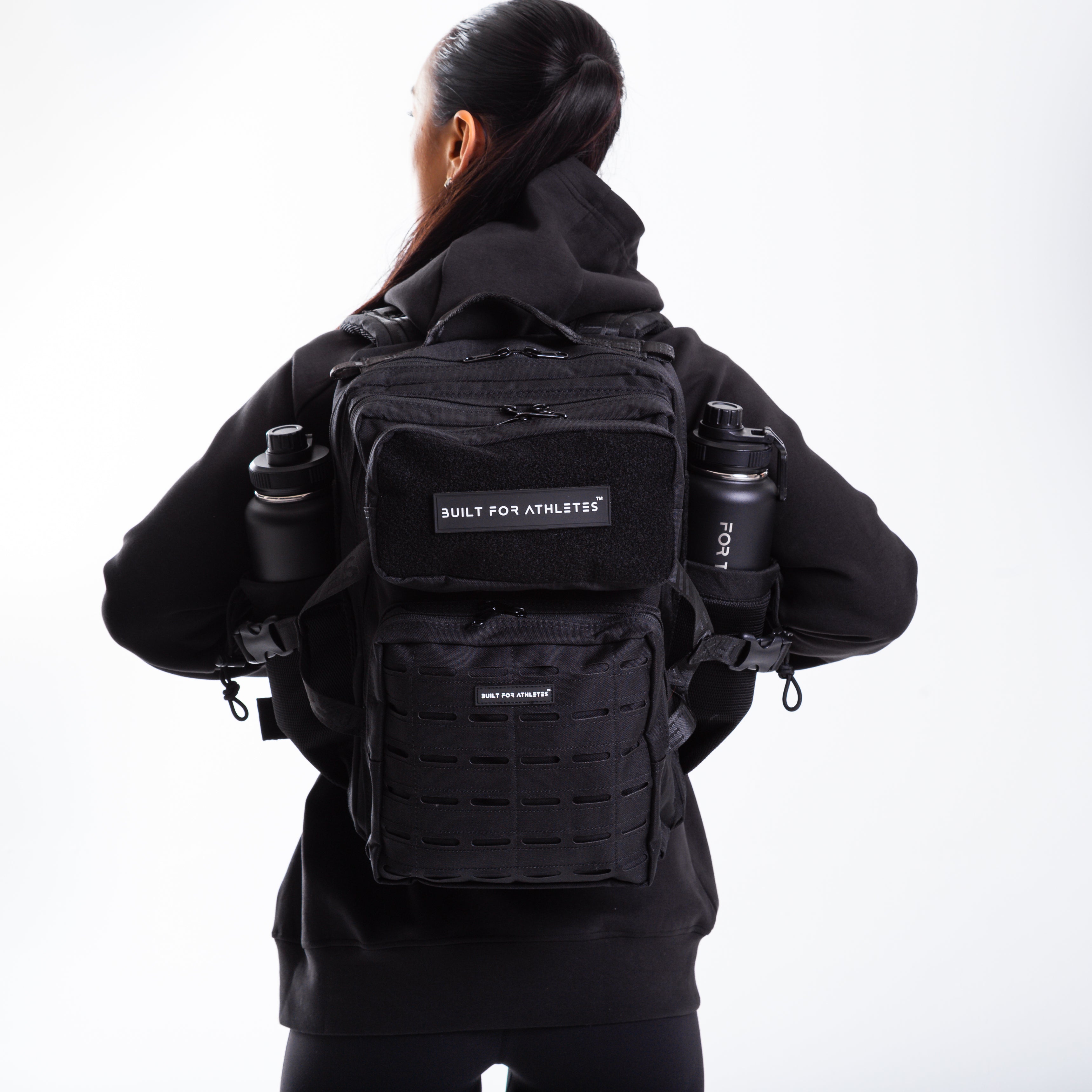
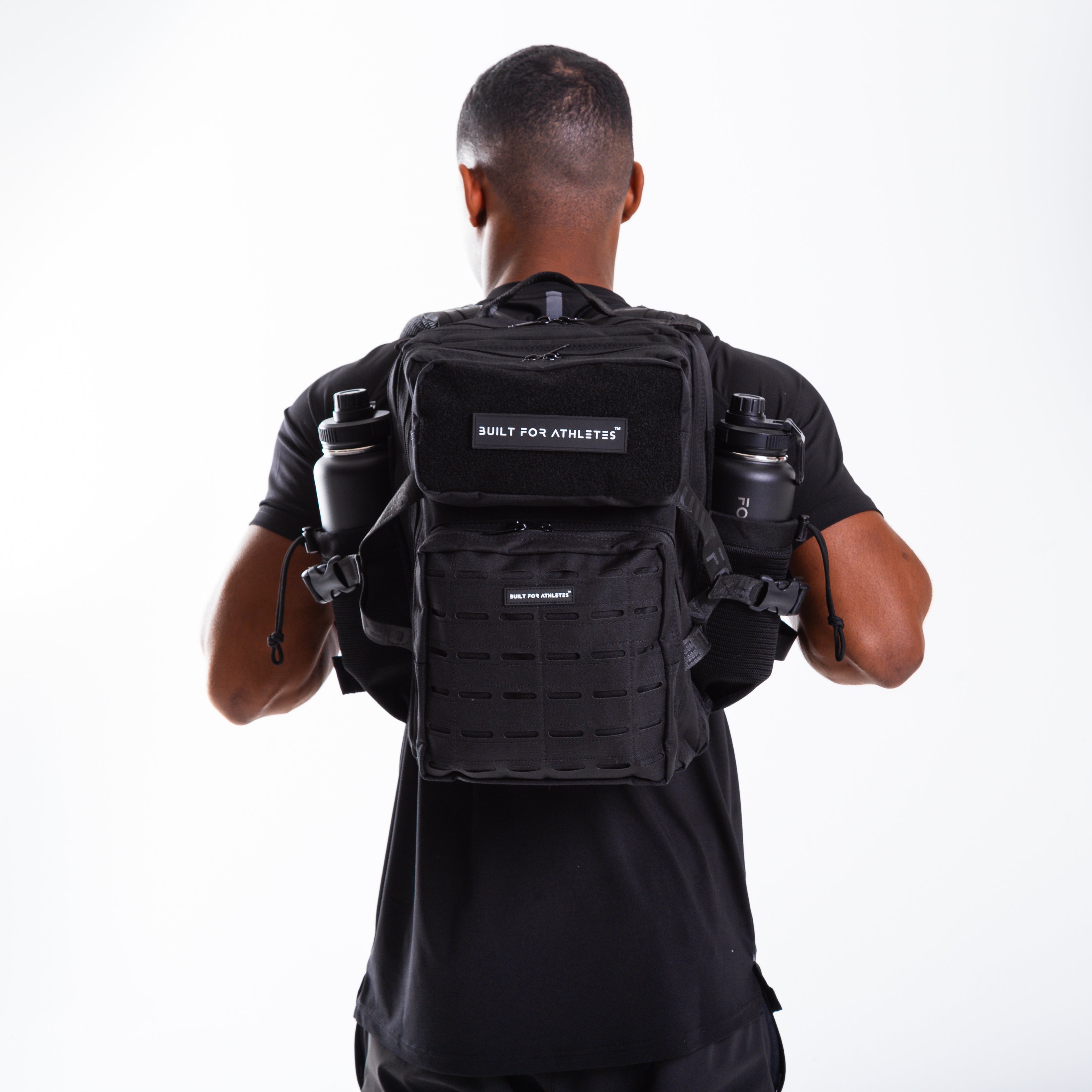
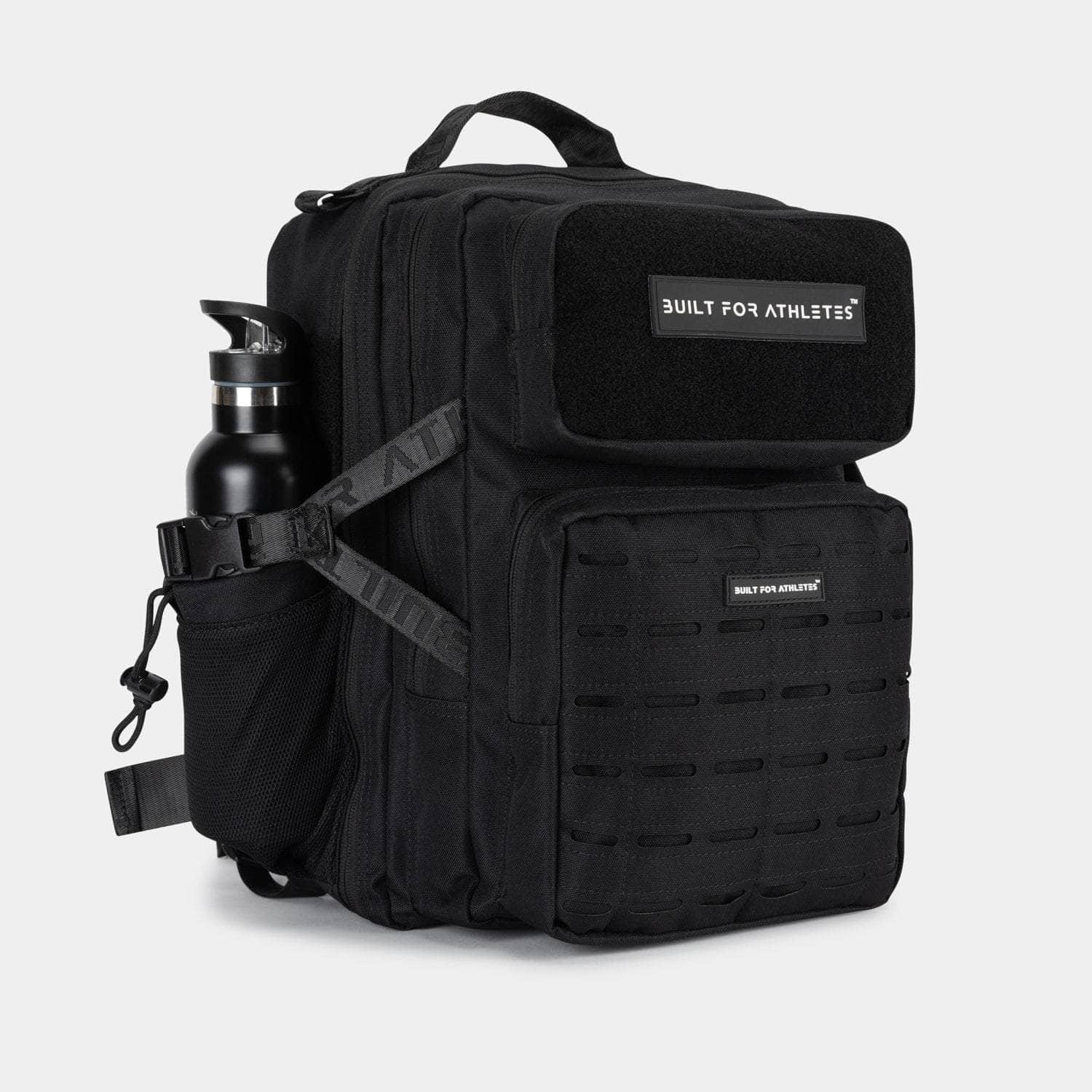



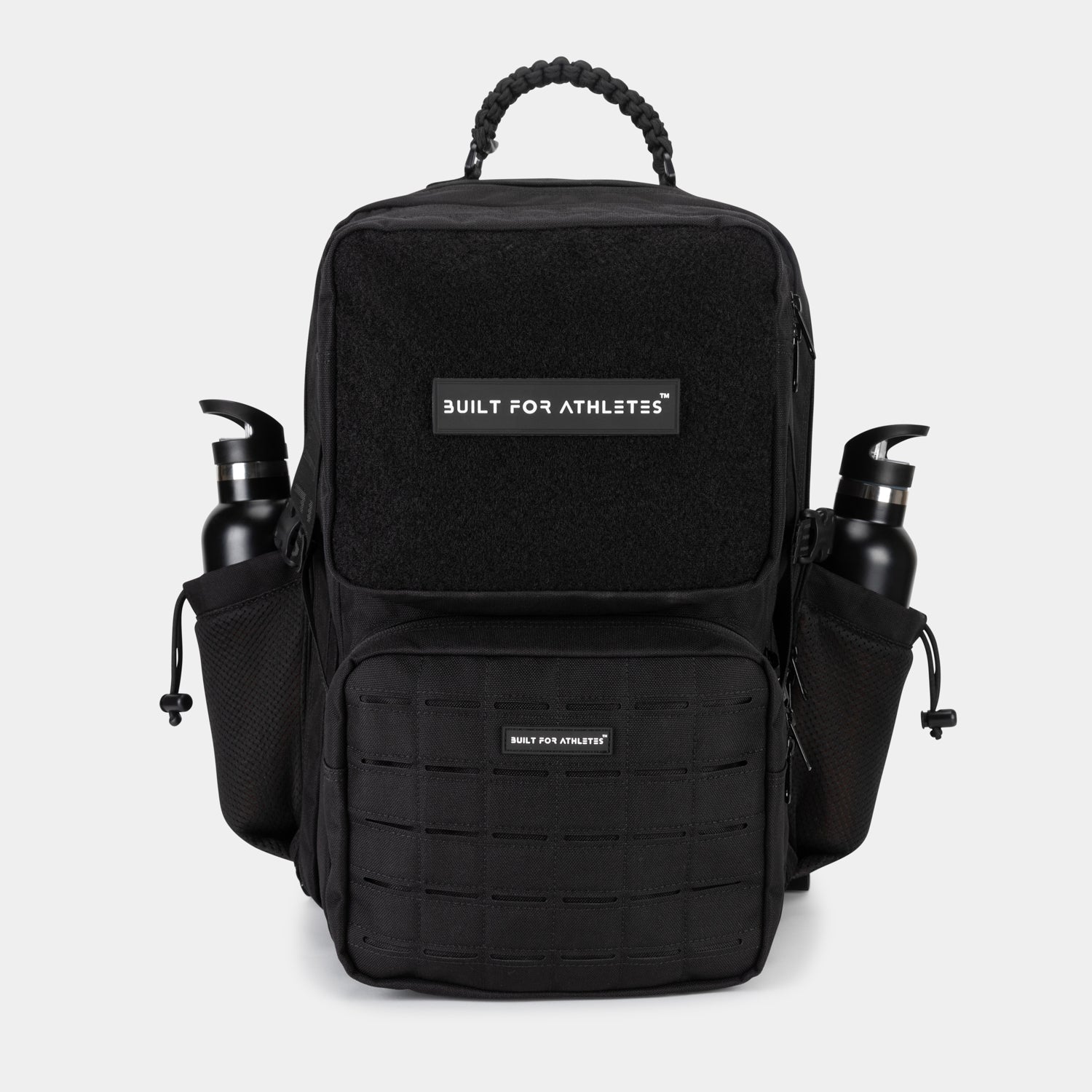
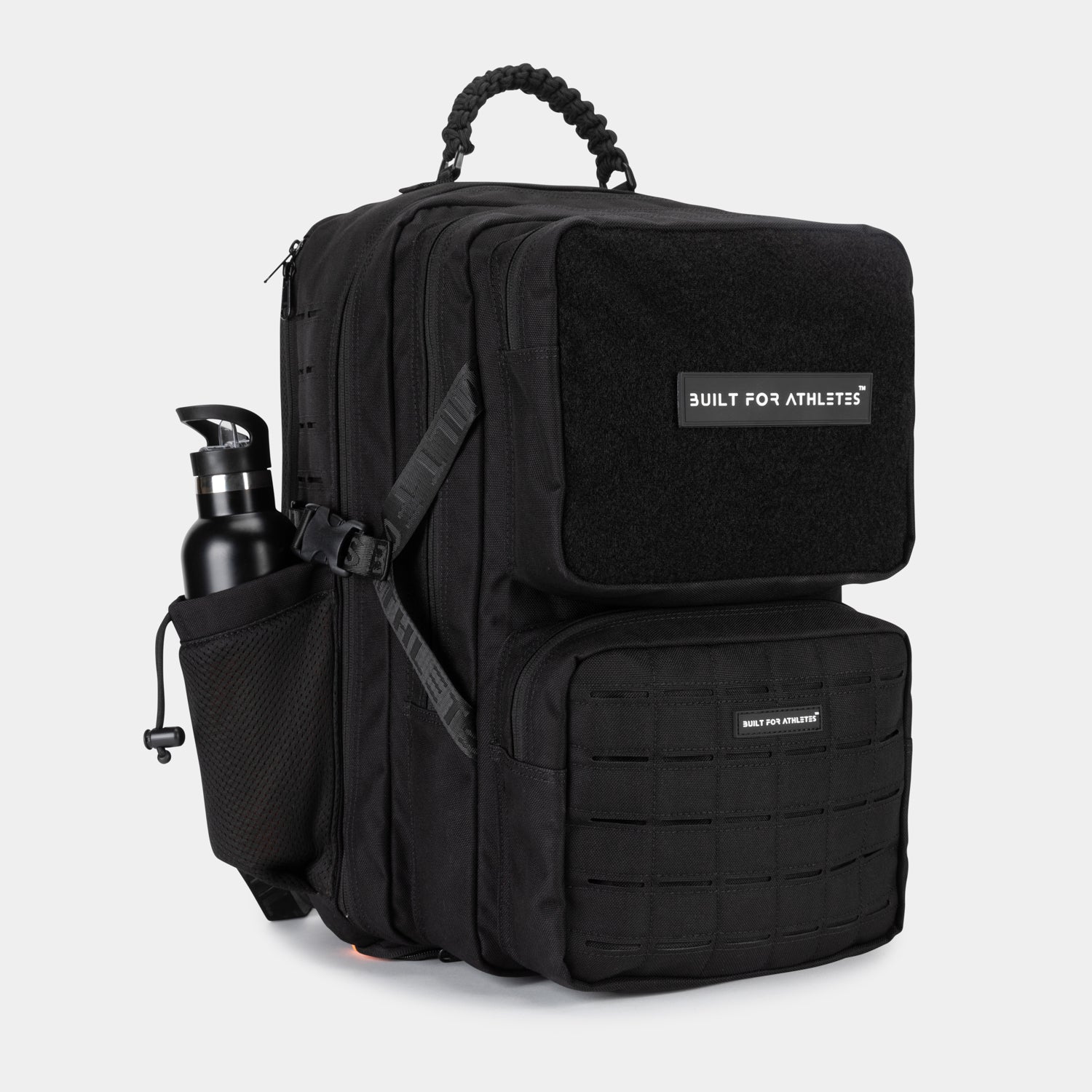

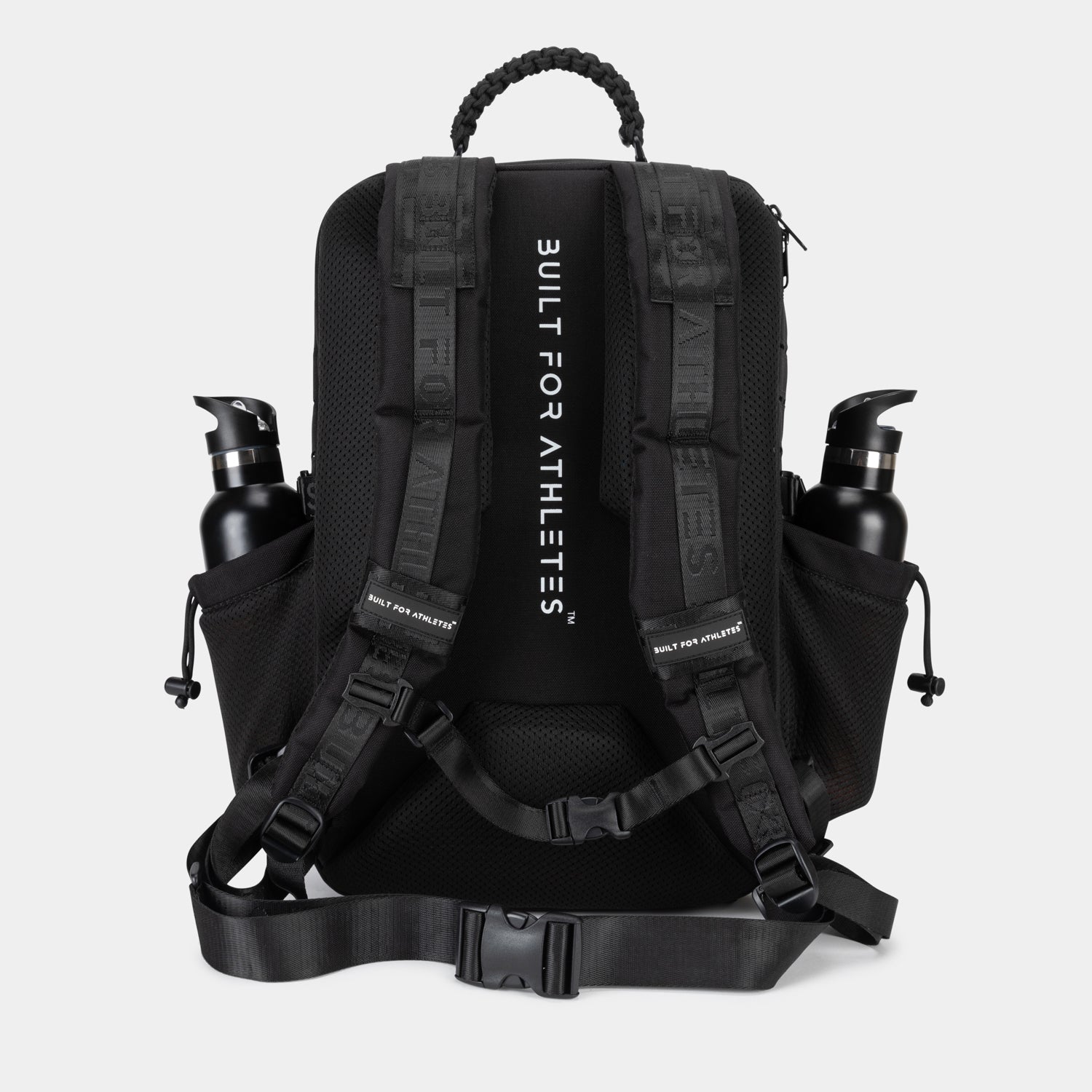








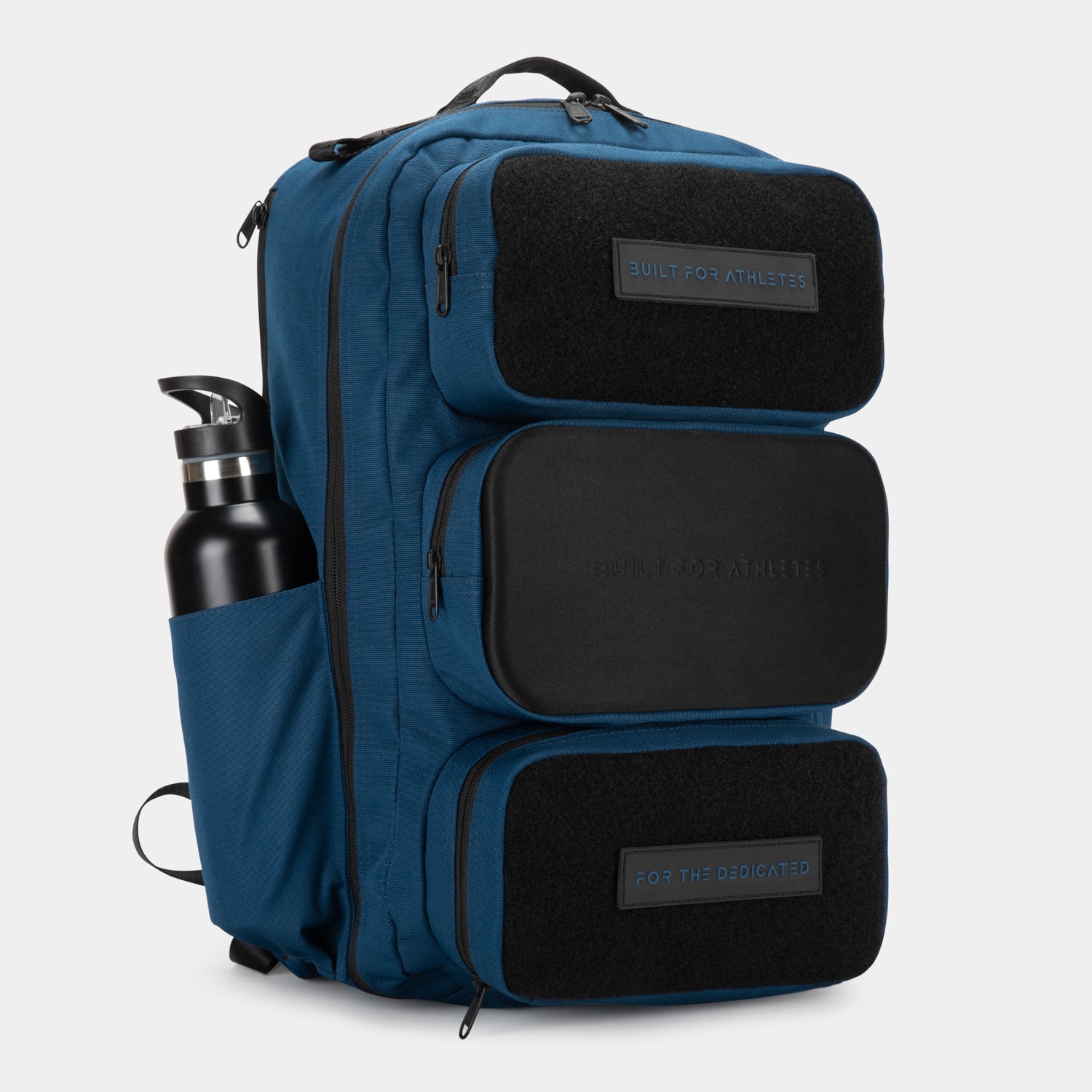
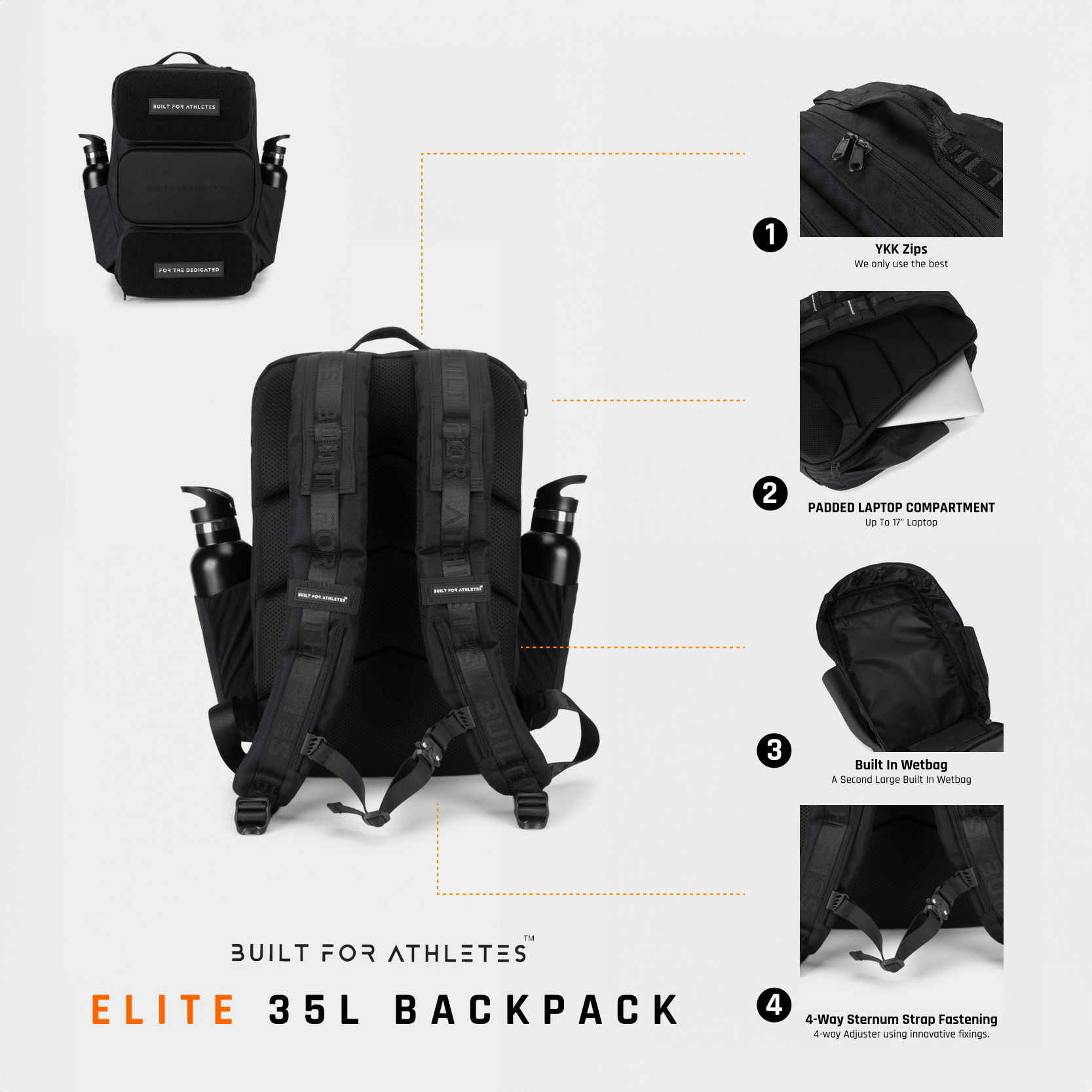
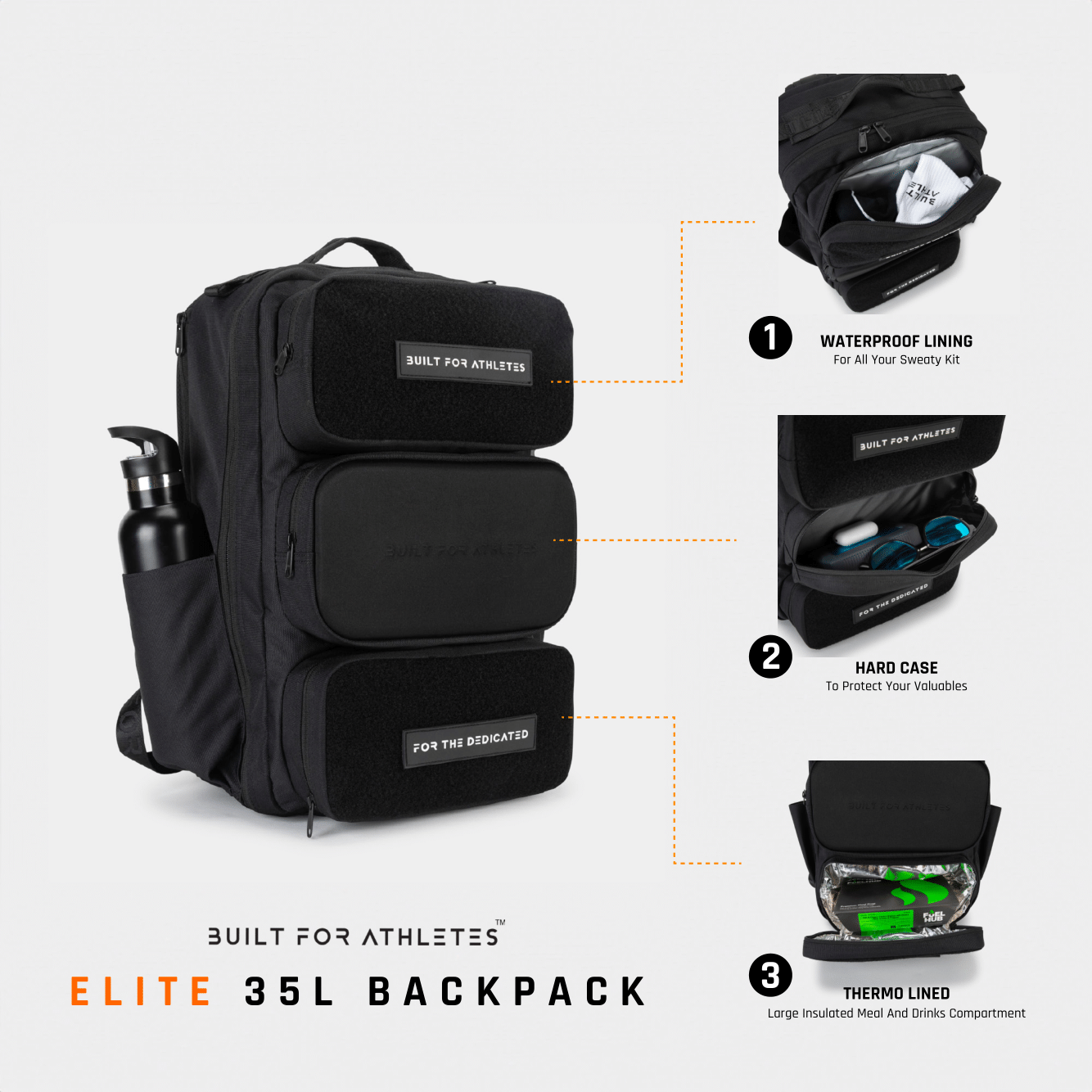




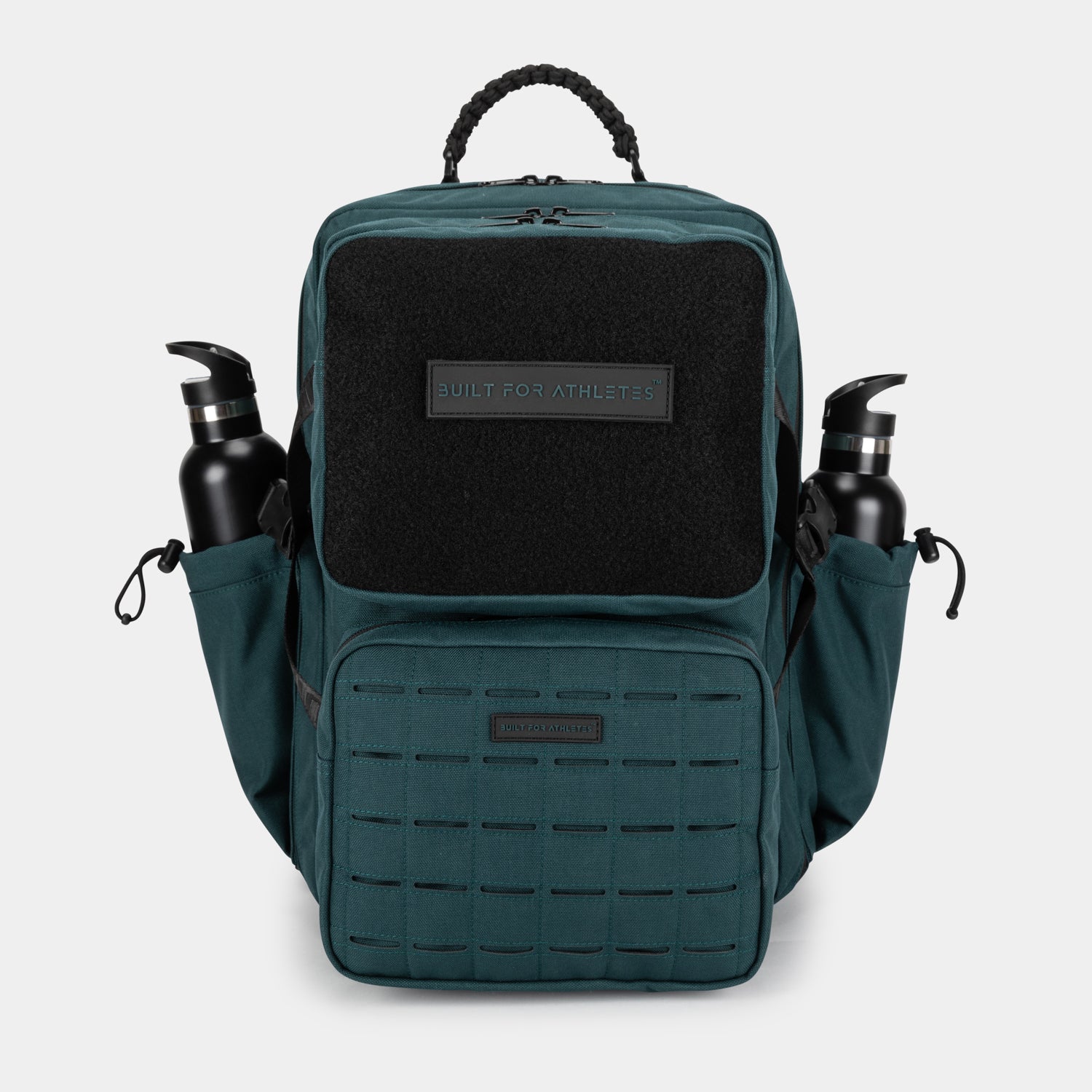
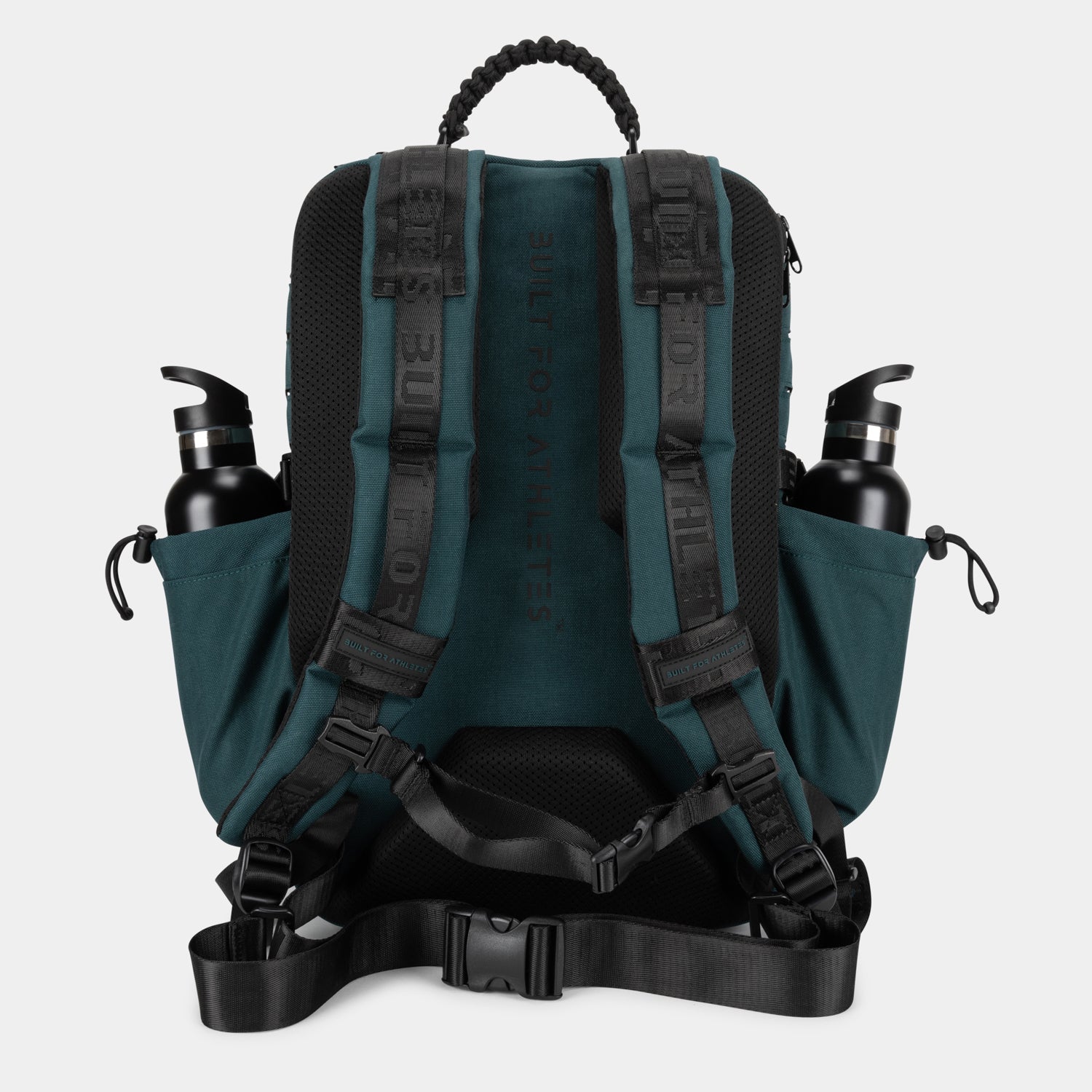
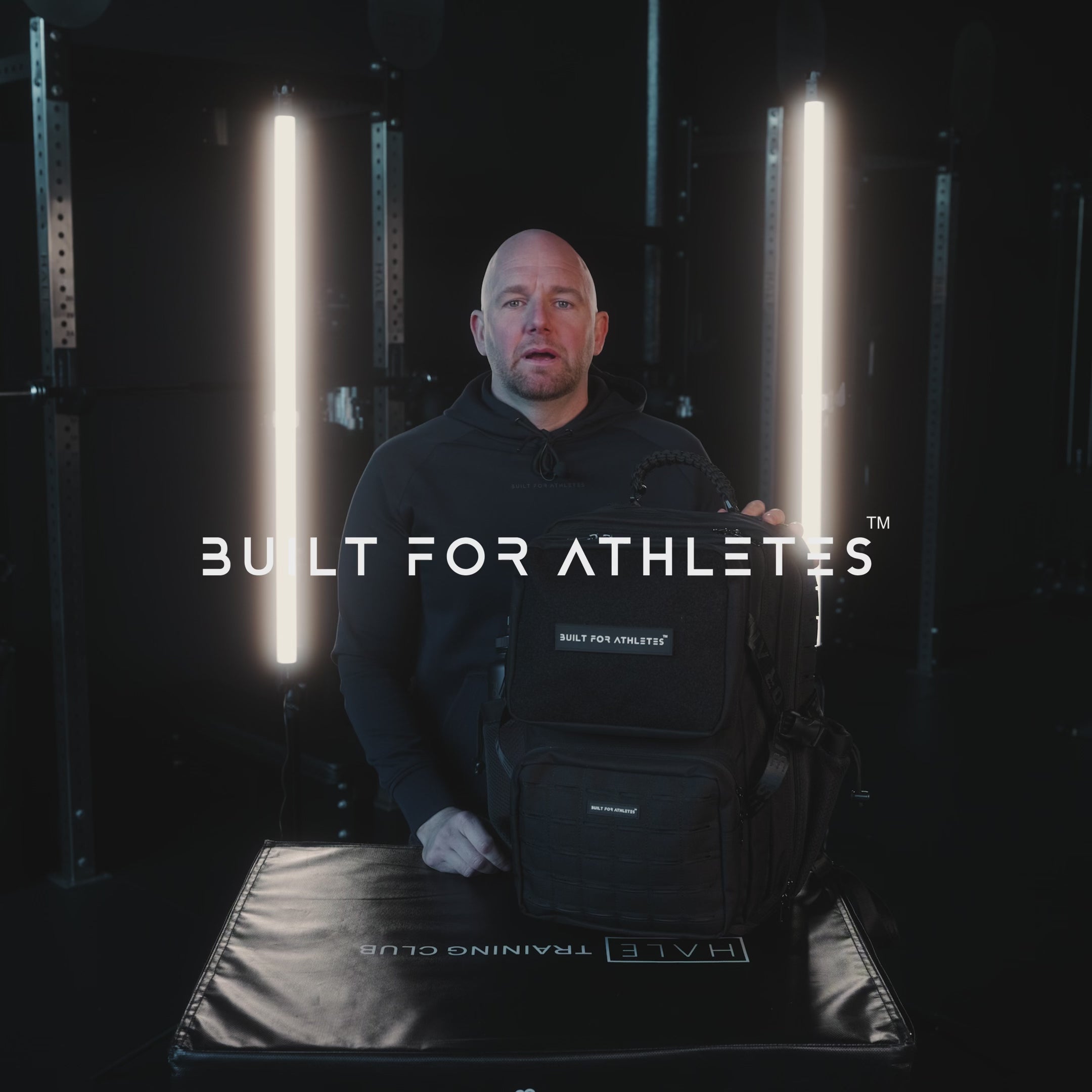
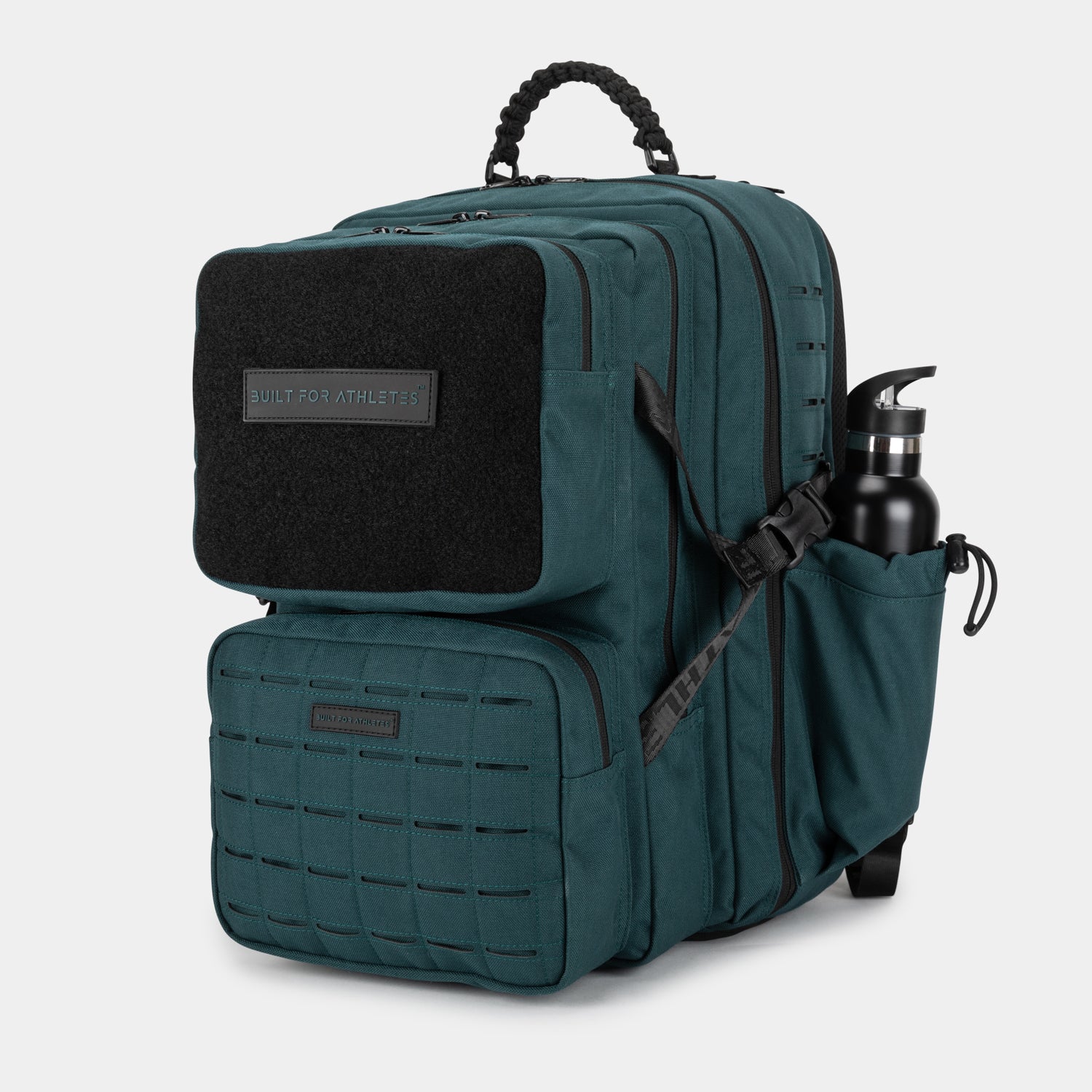
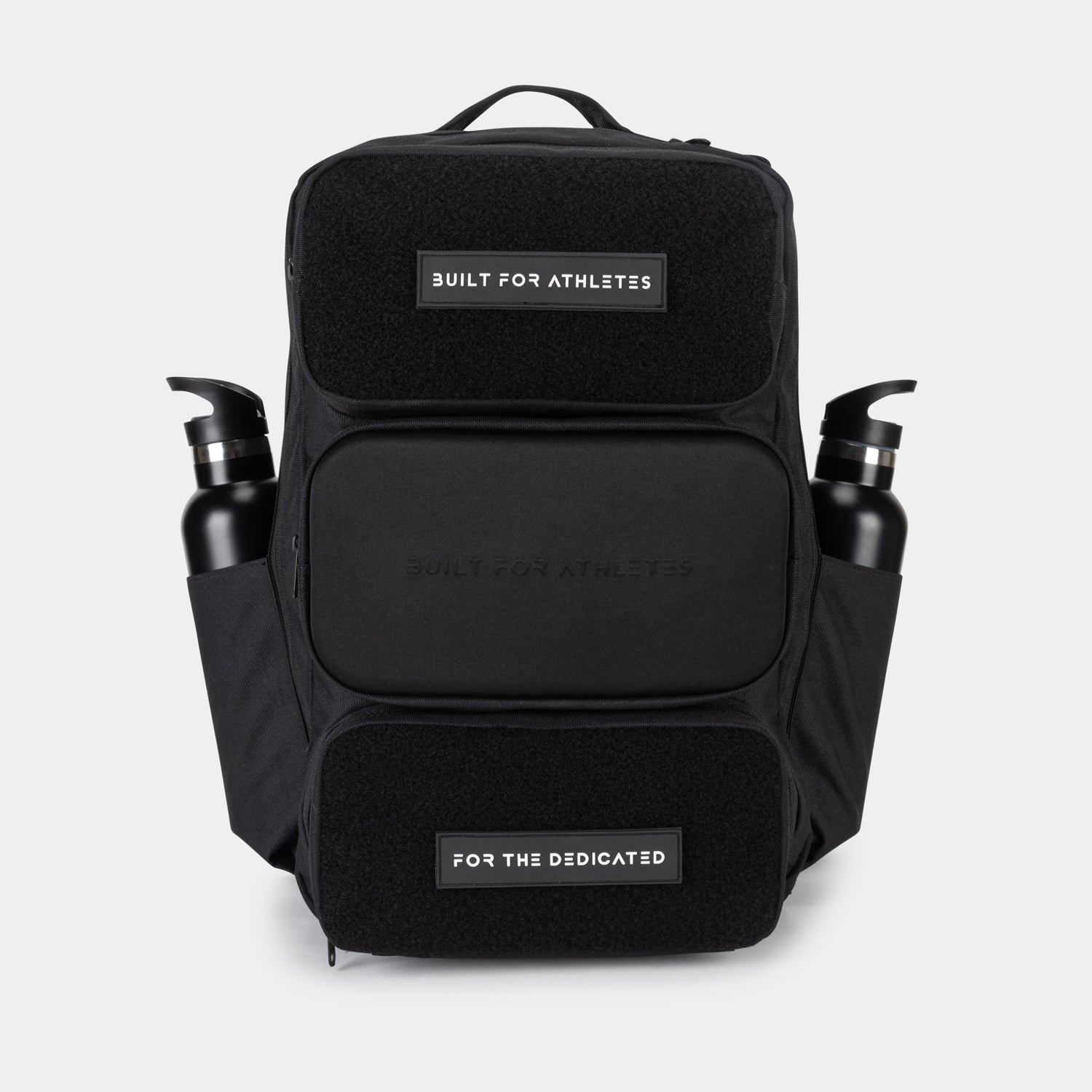

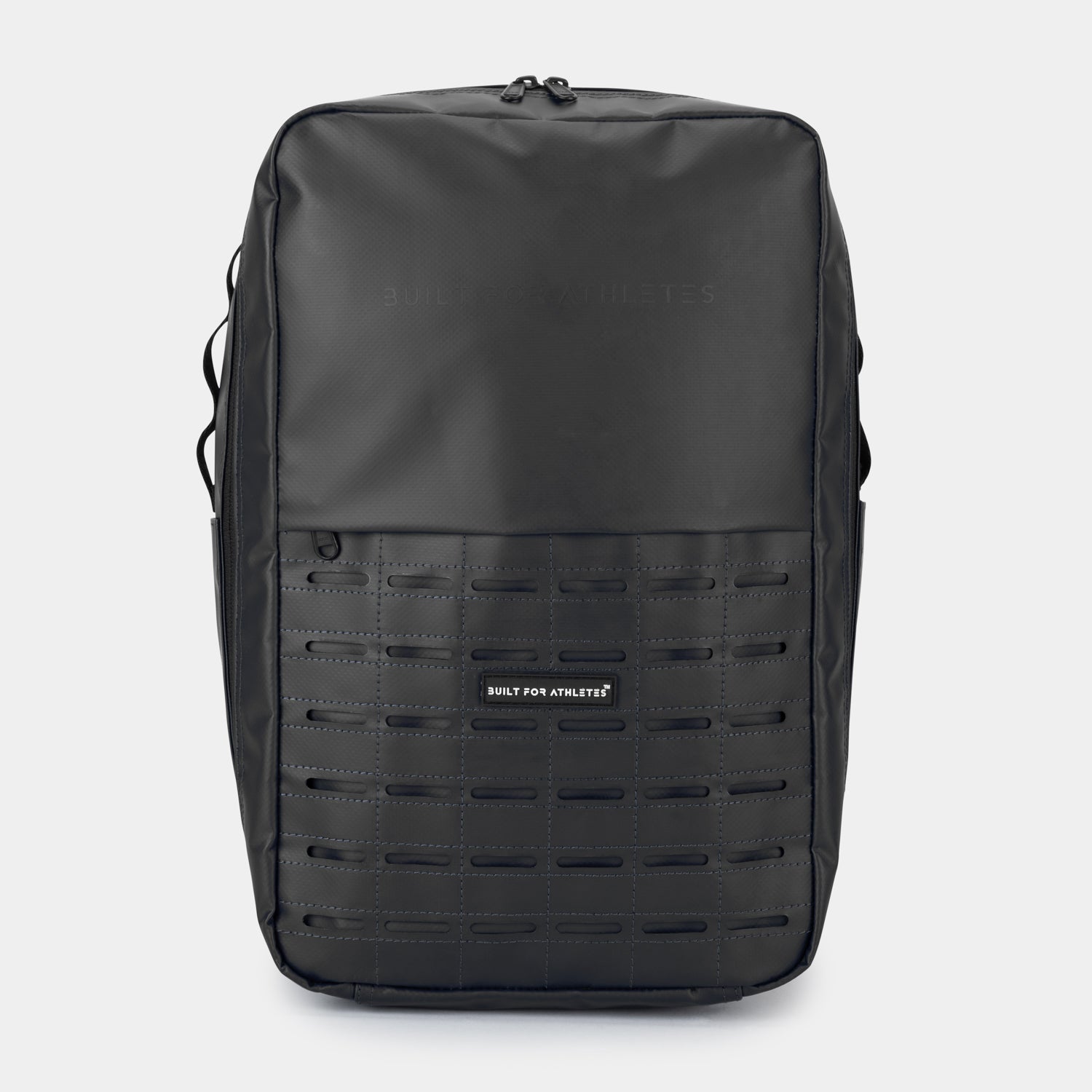
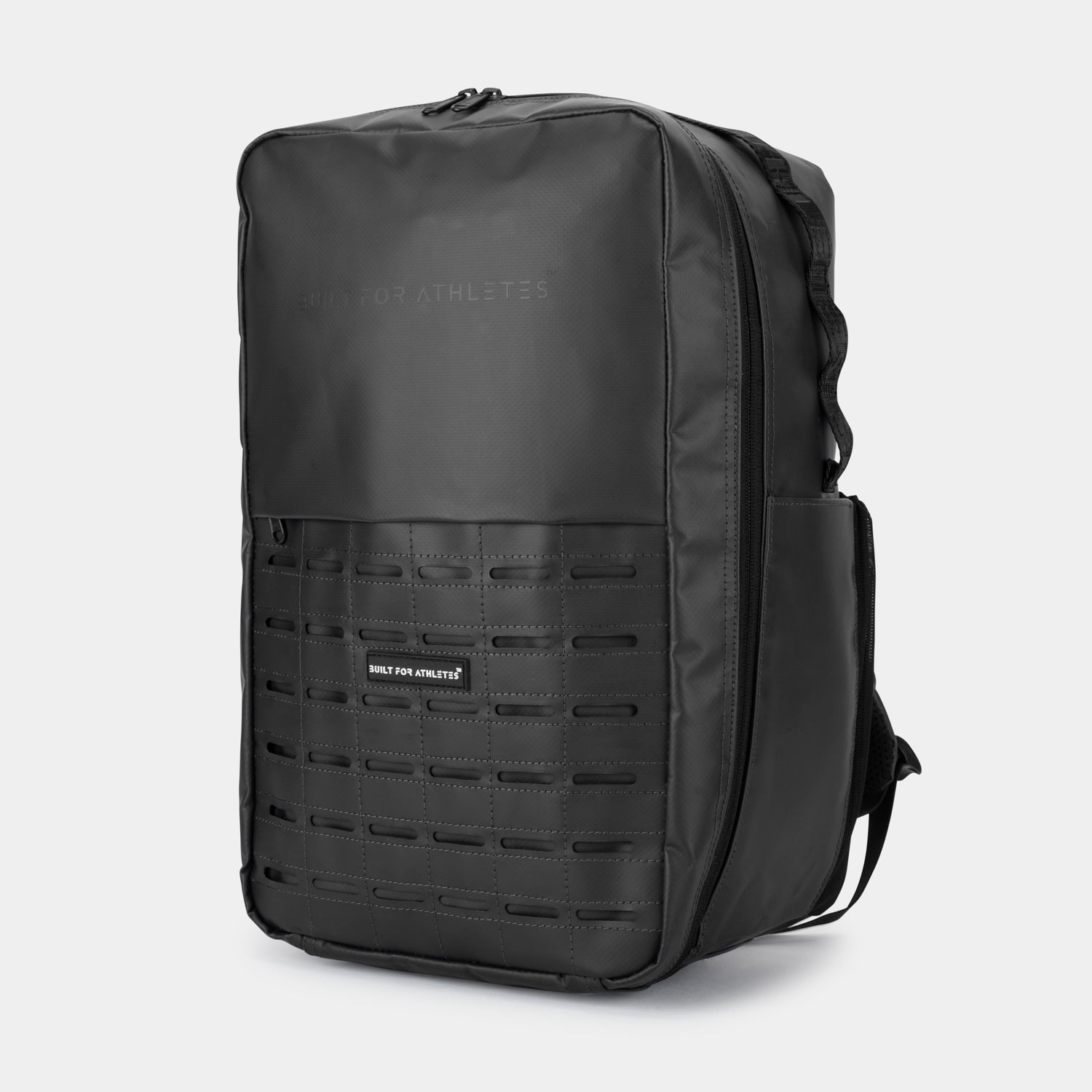
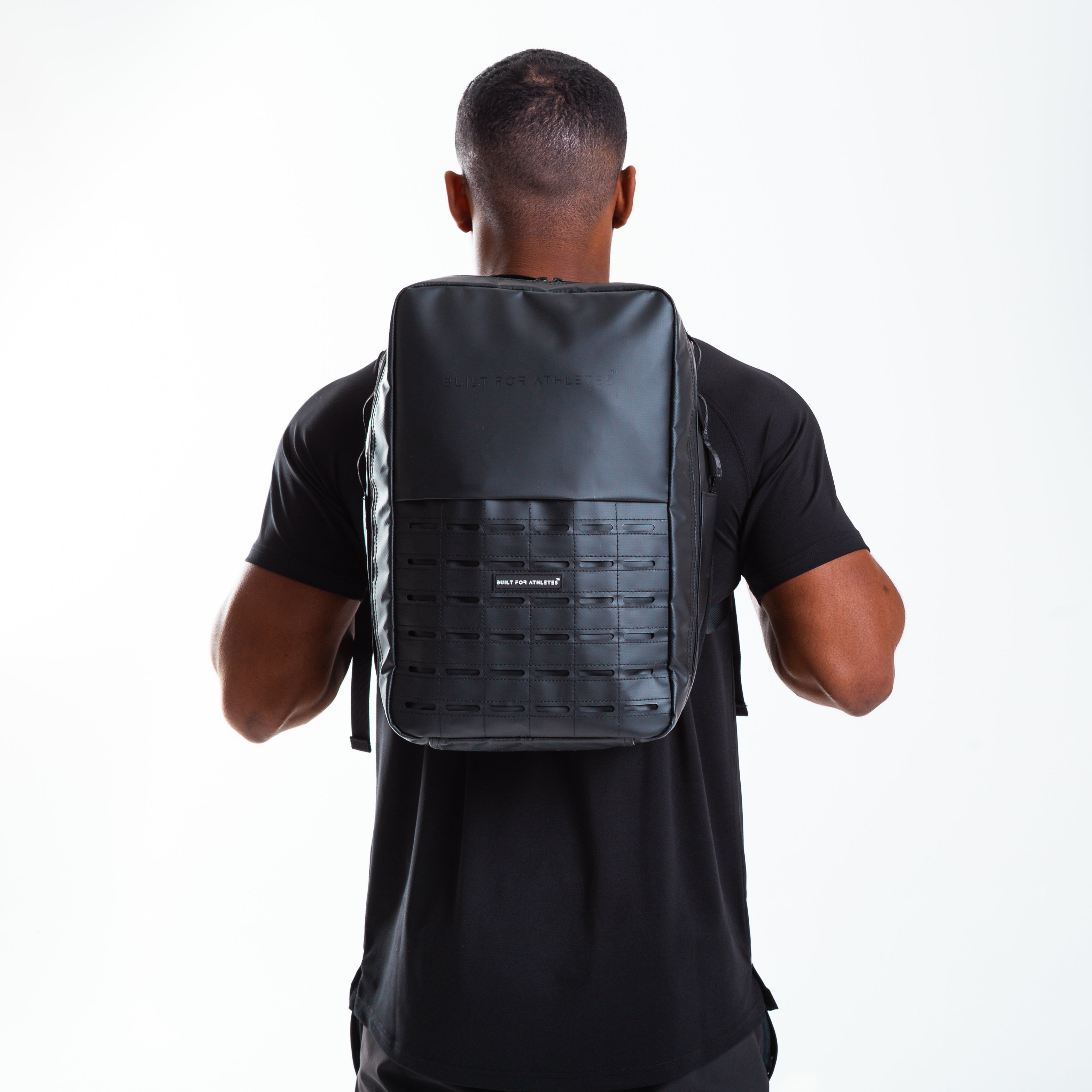
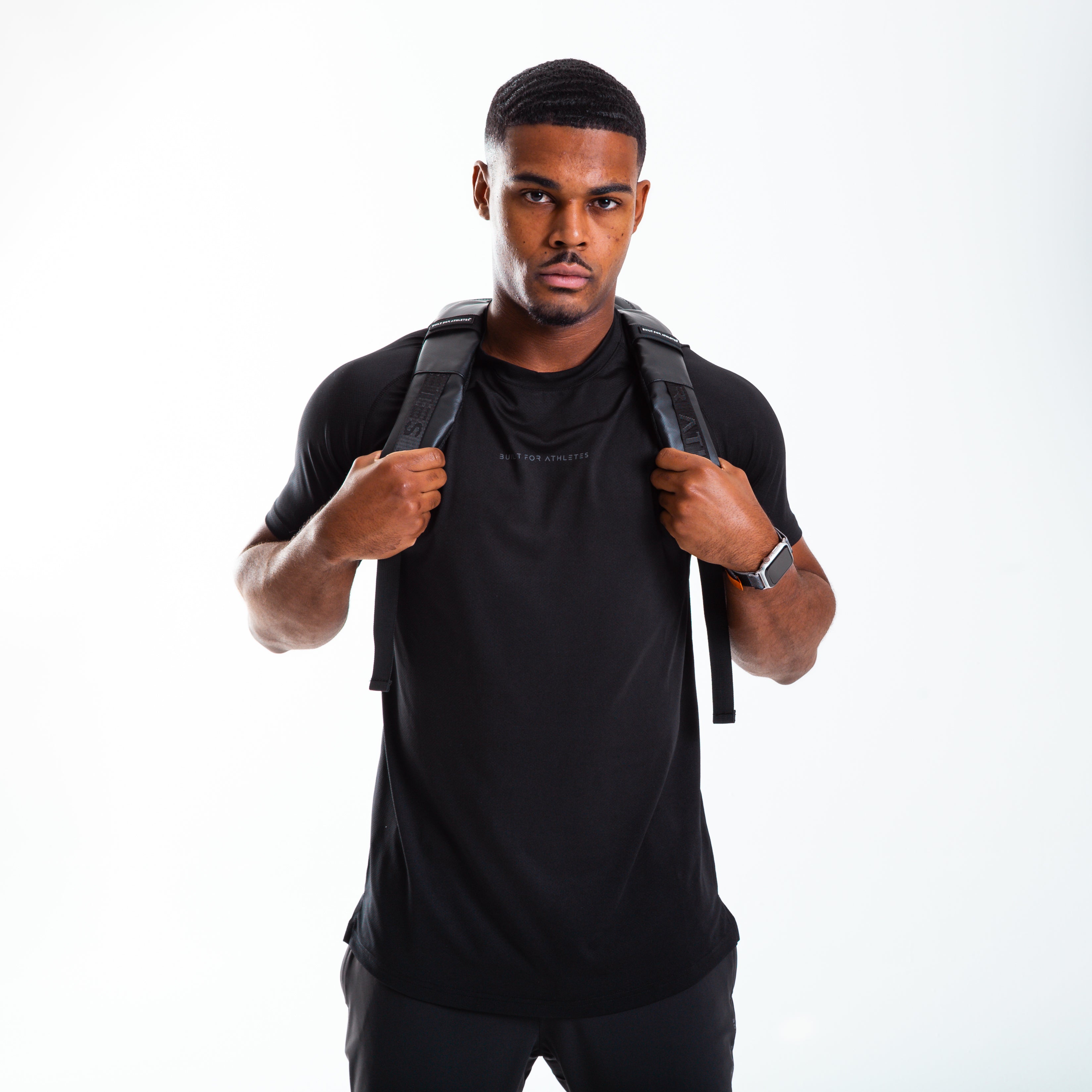


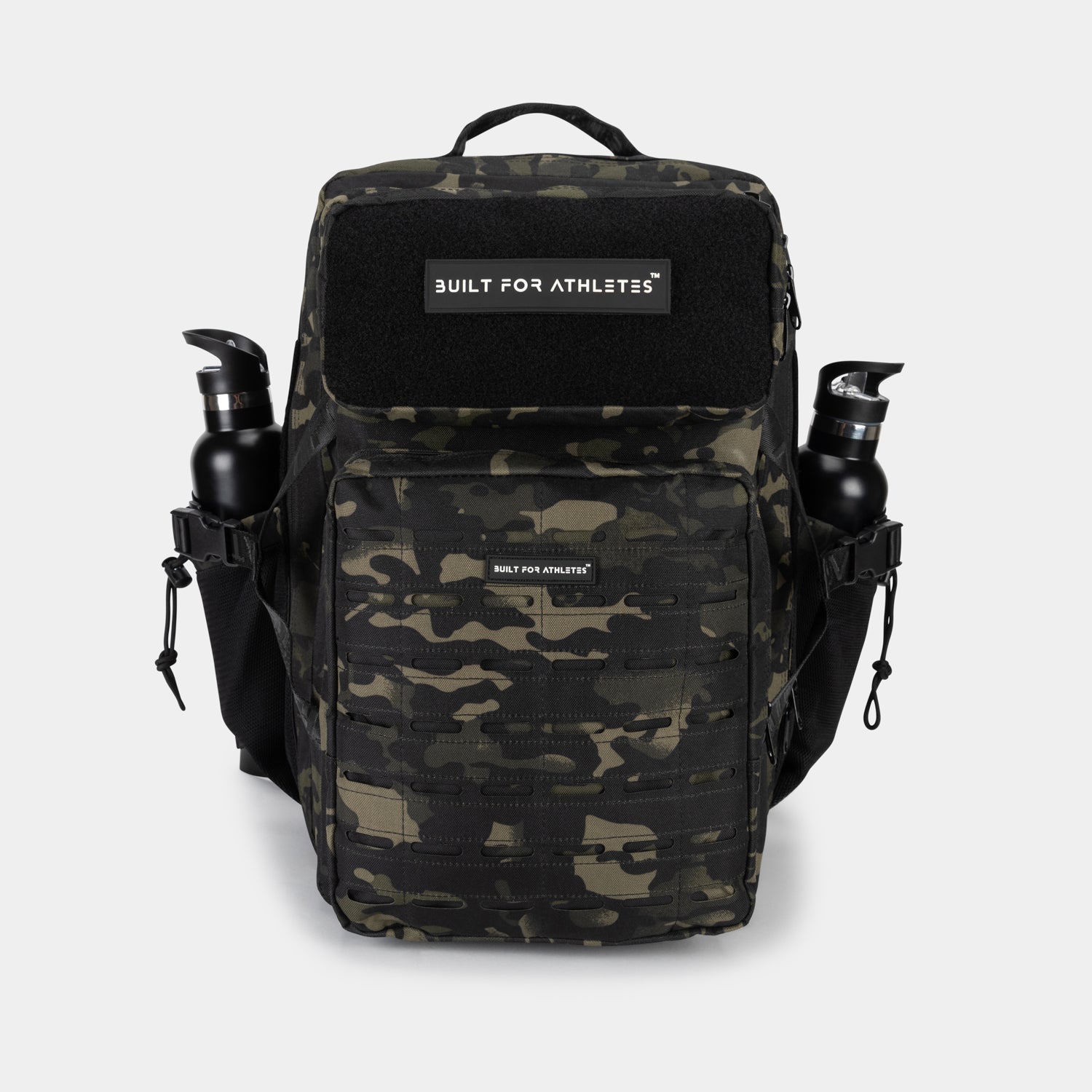
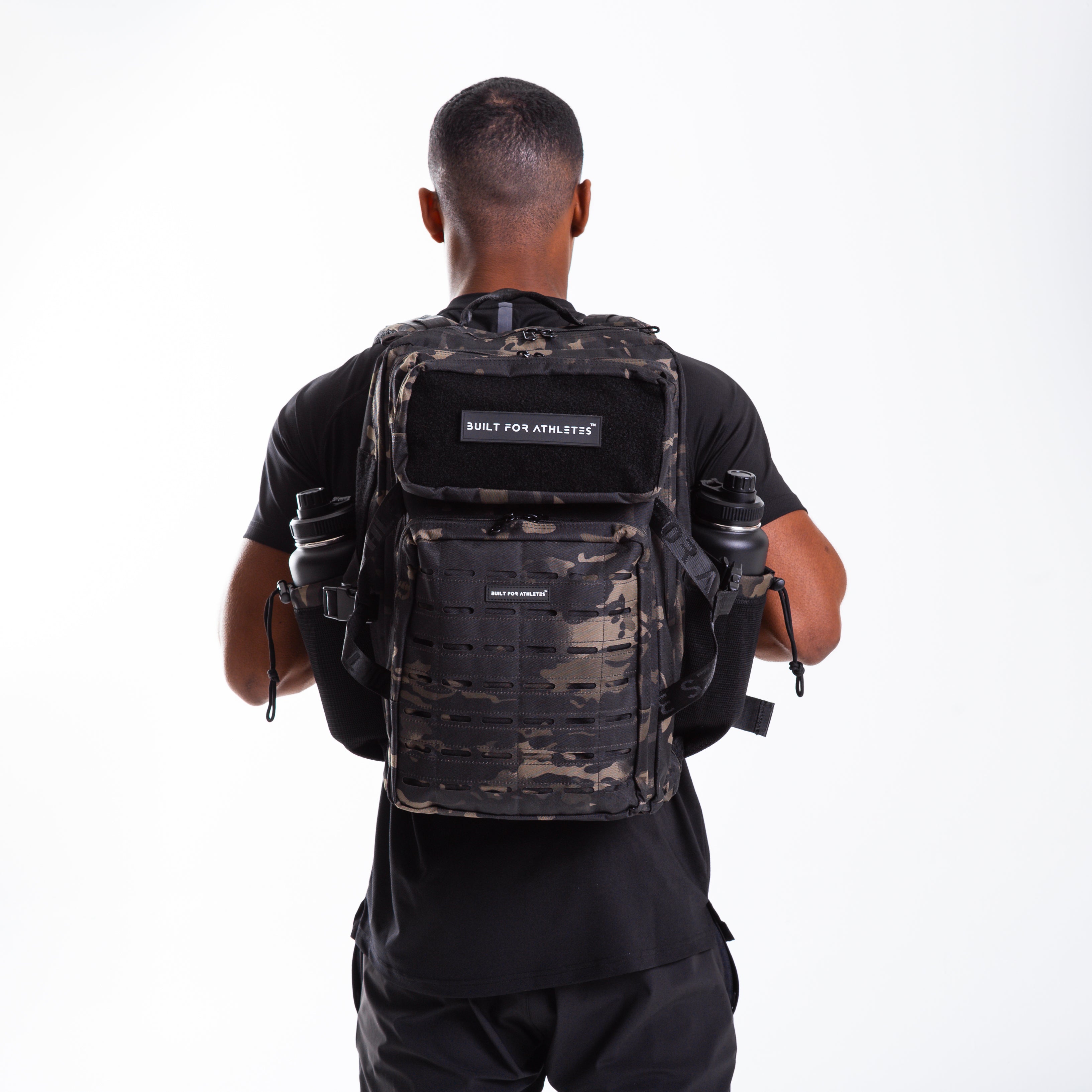
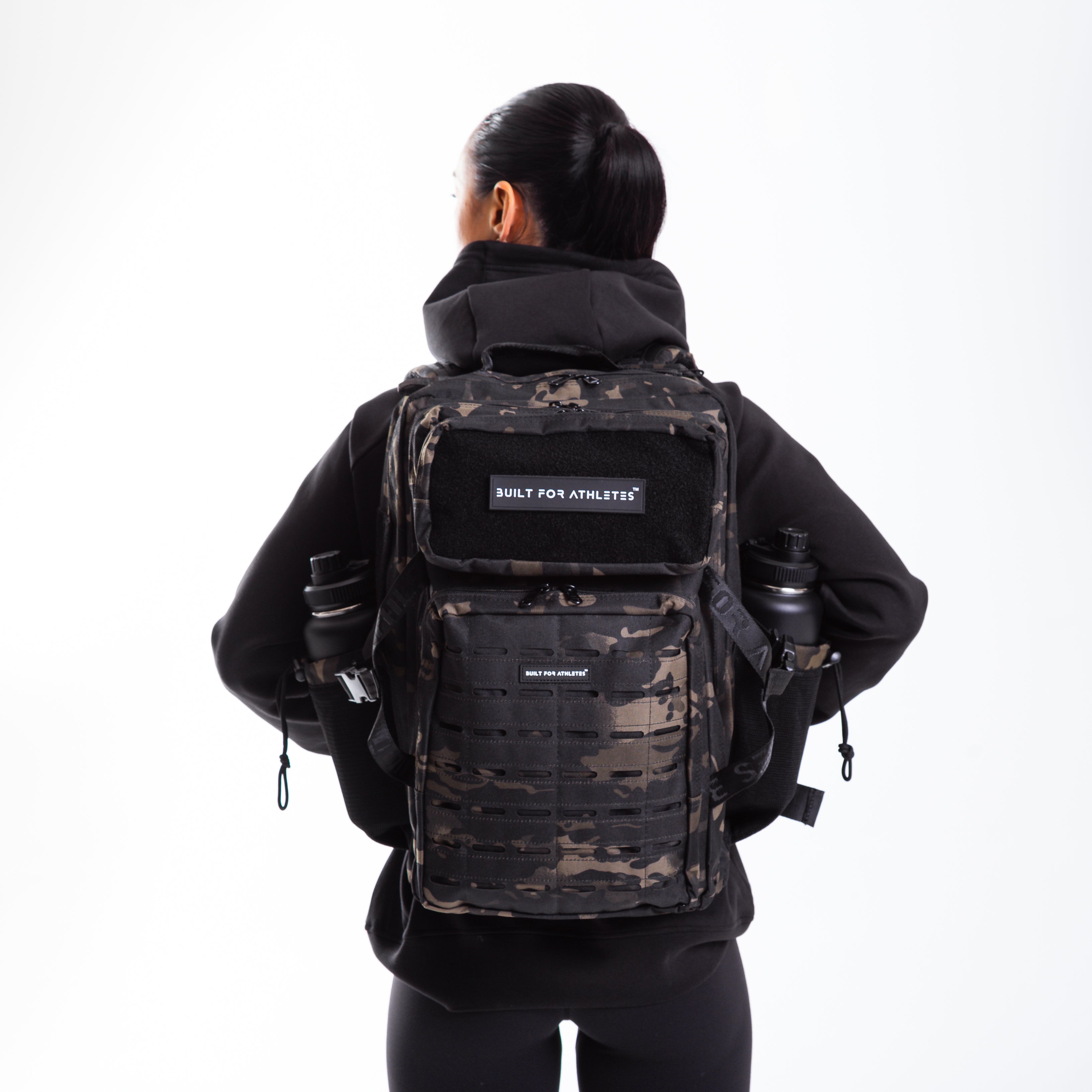
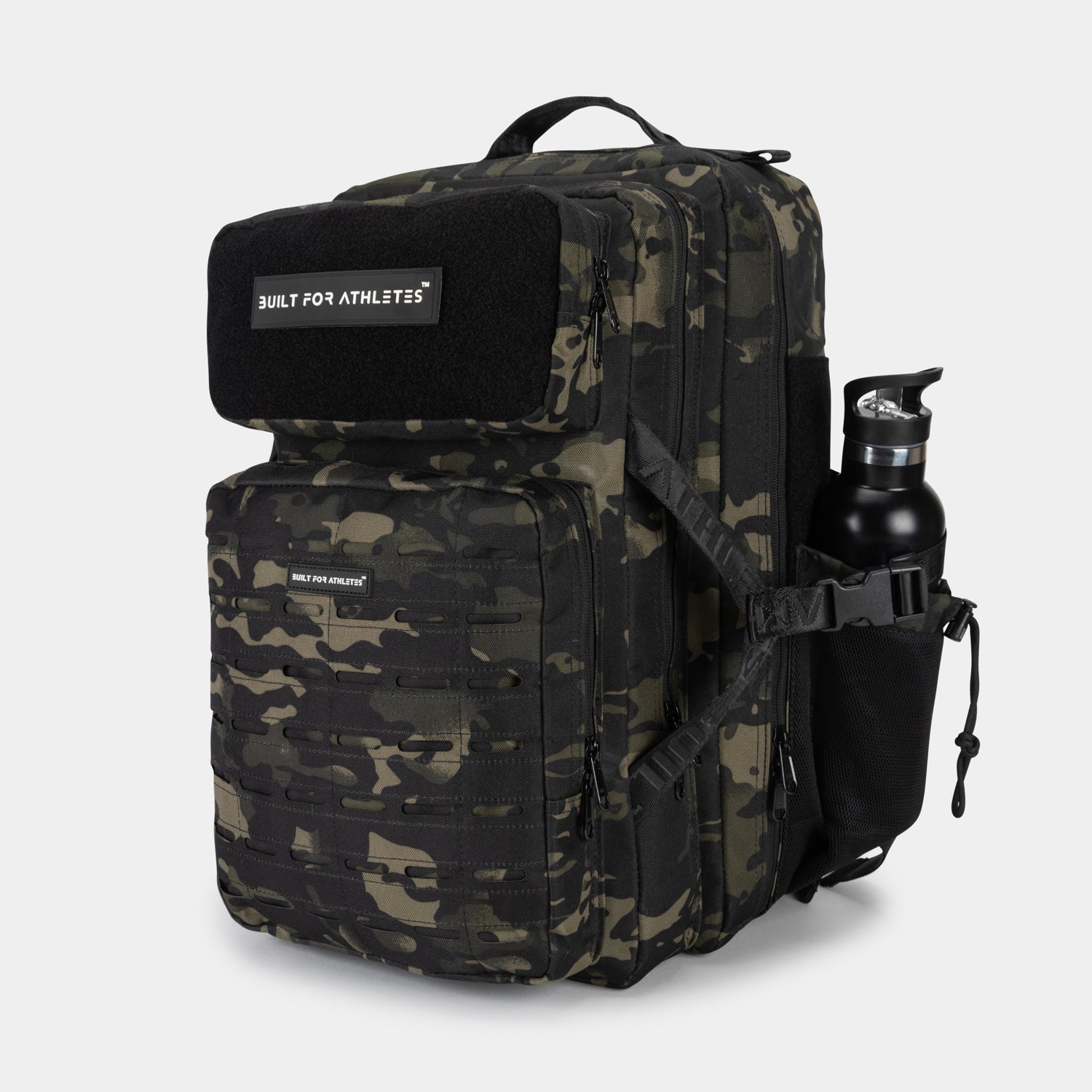
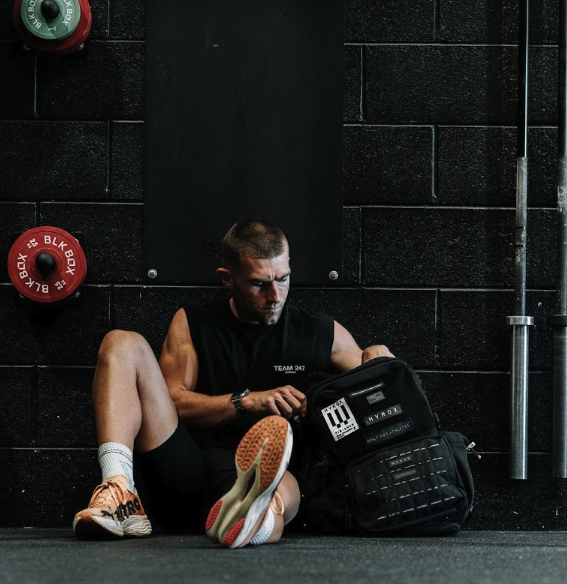
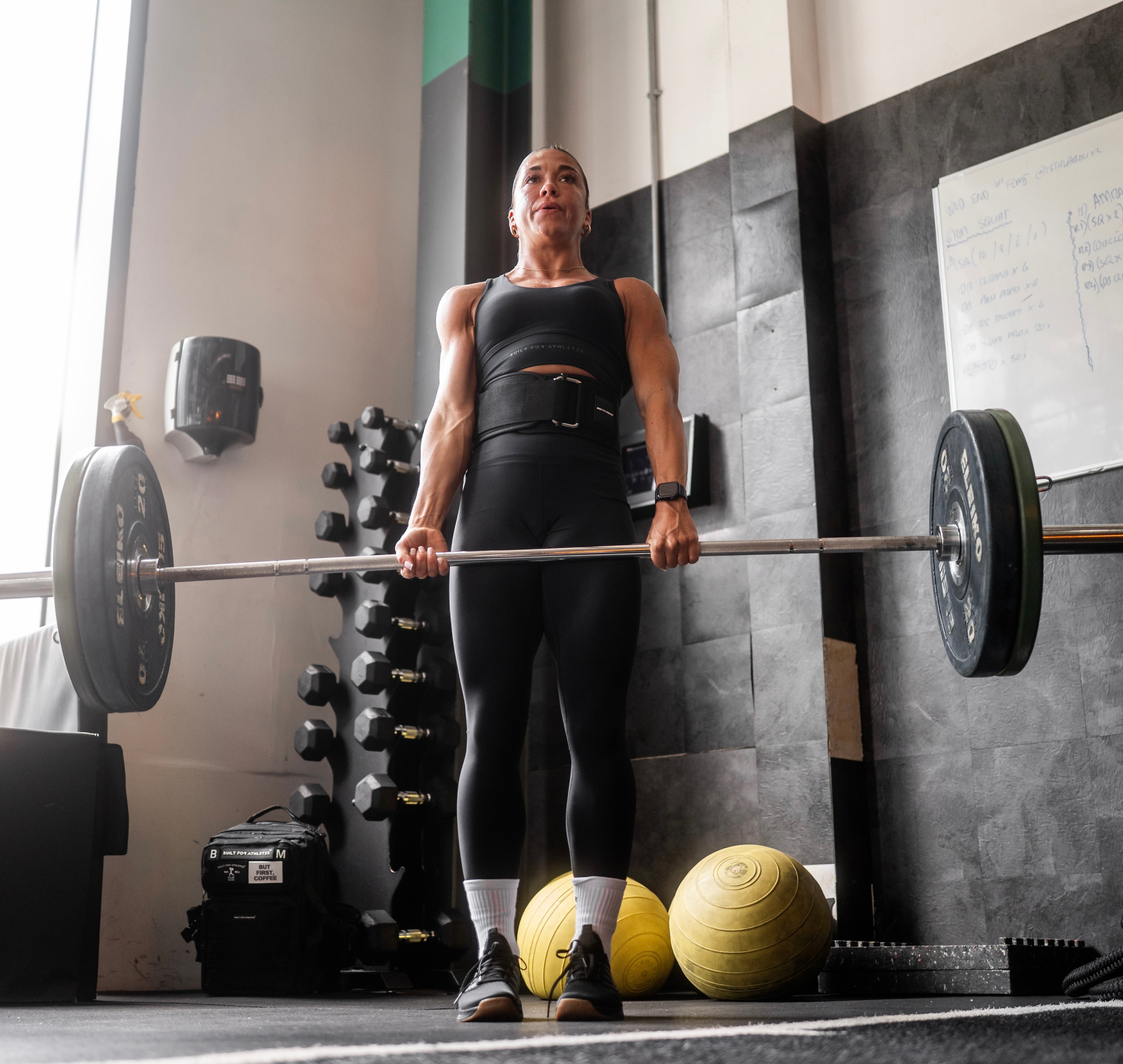
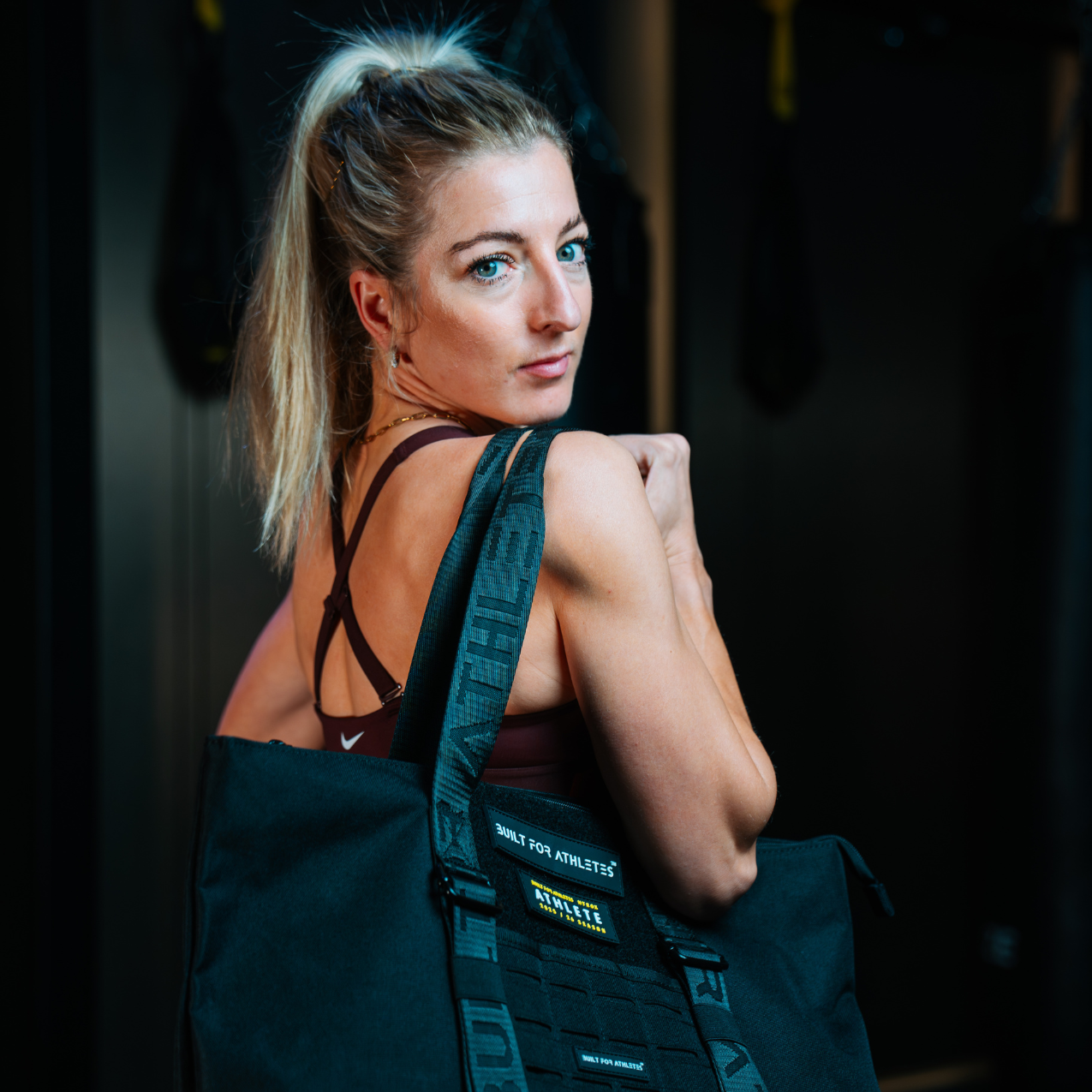
Share:
It's A Myth That Heavy Training Weakens Your Immune System
6 Sandbag Exercises To Create A Full-Body Functional Workout